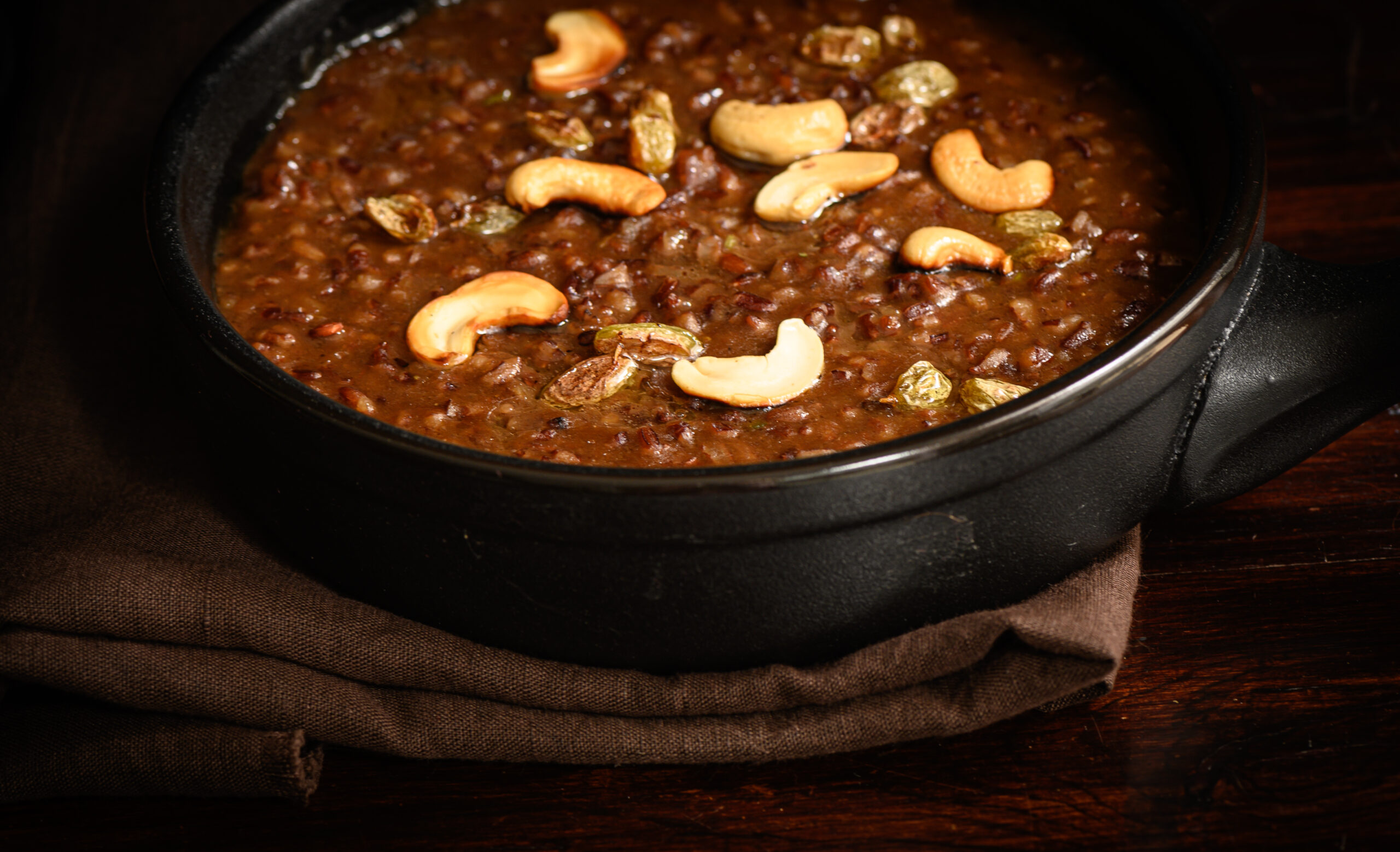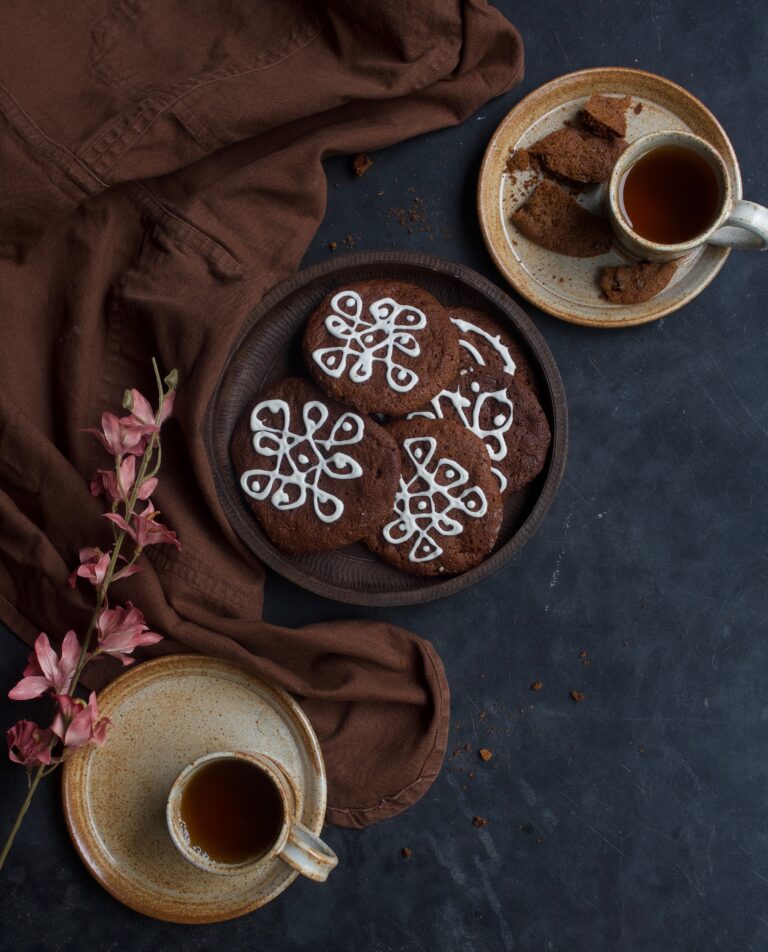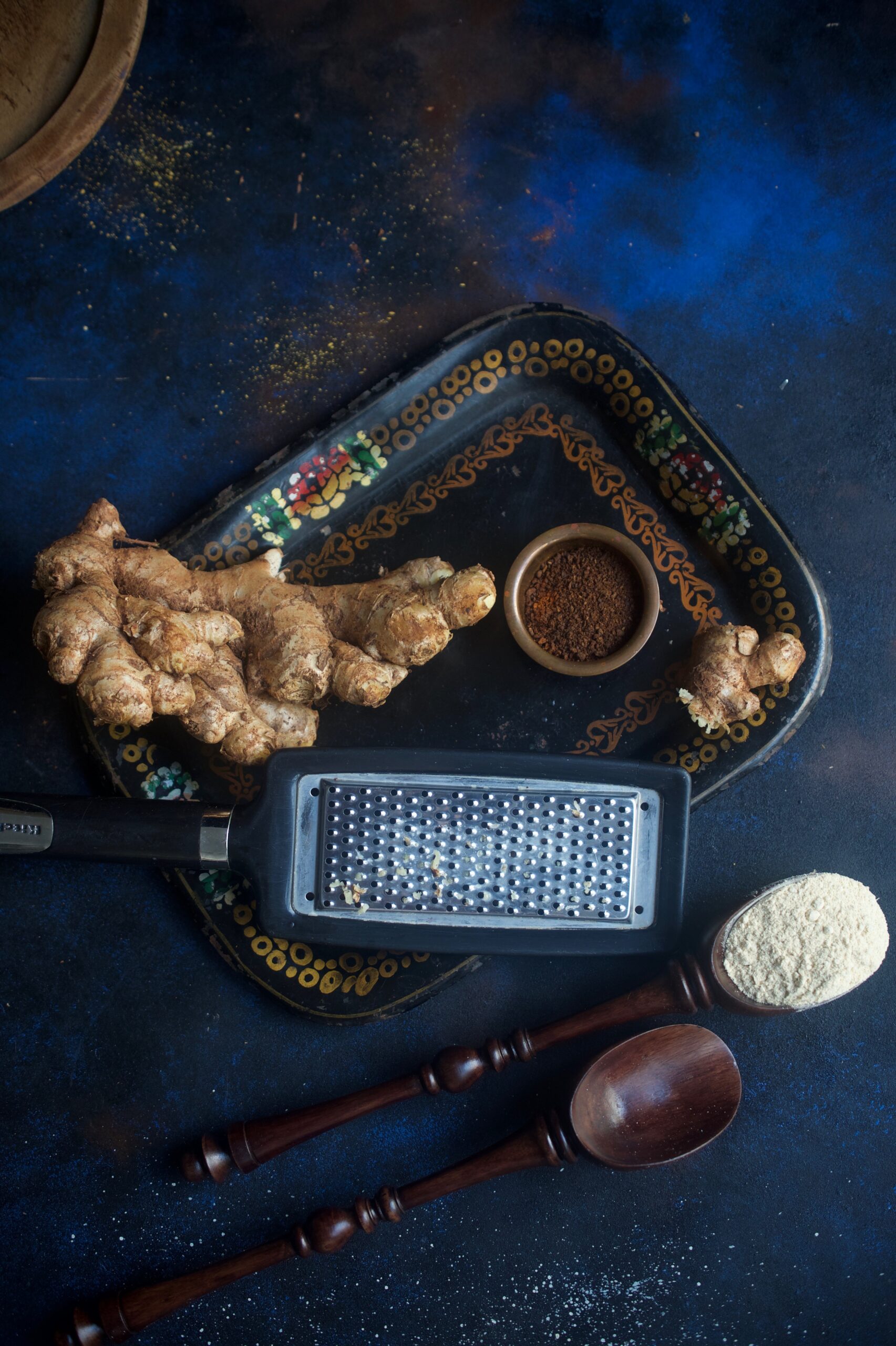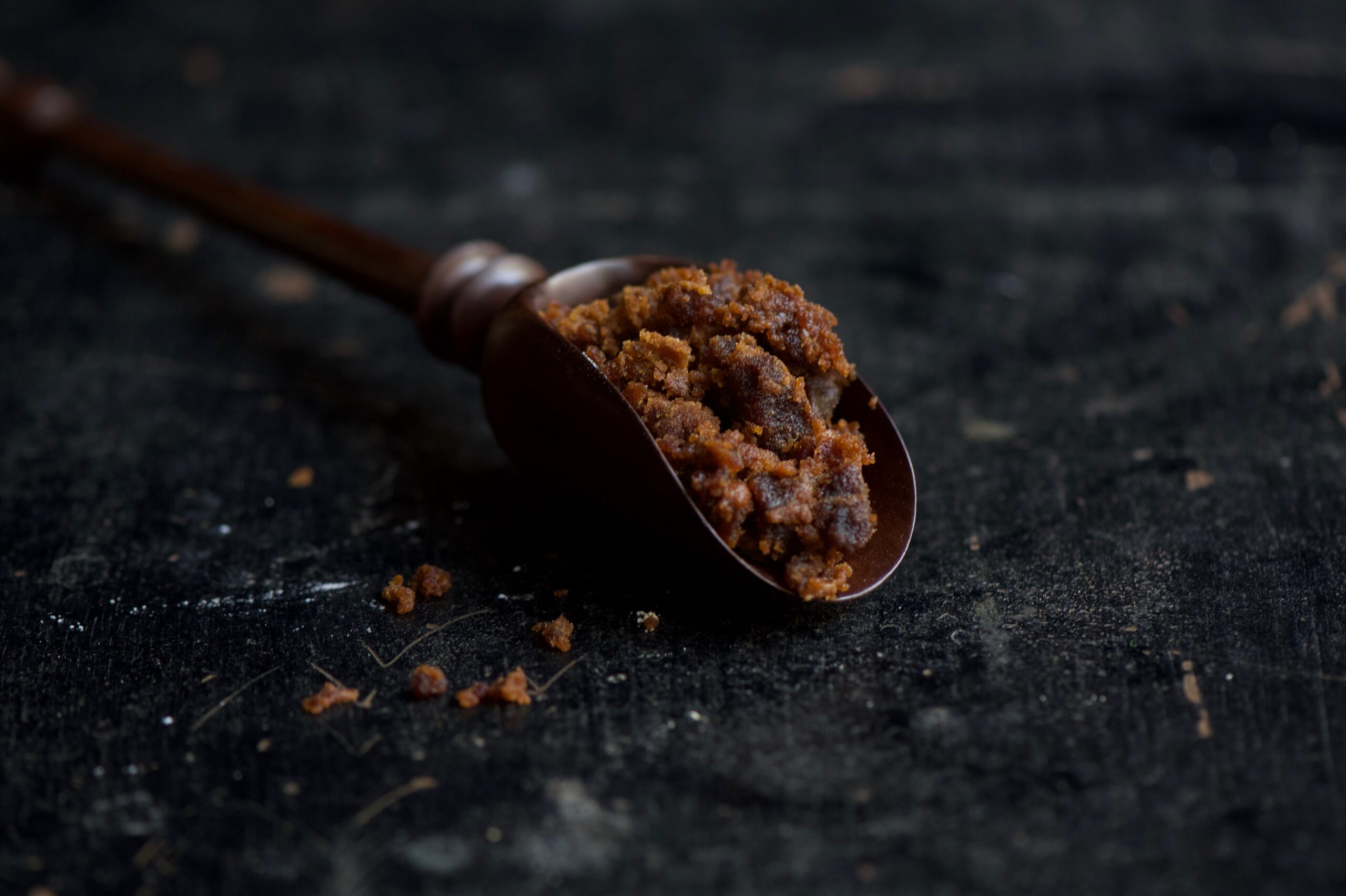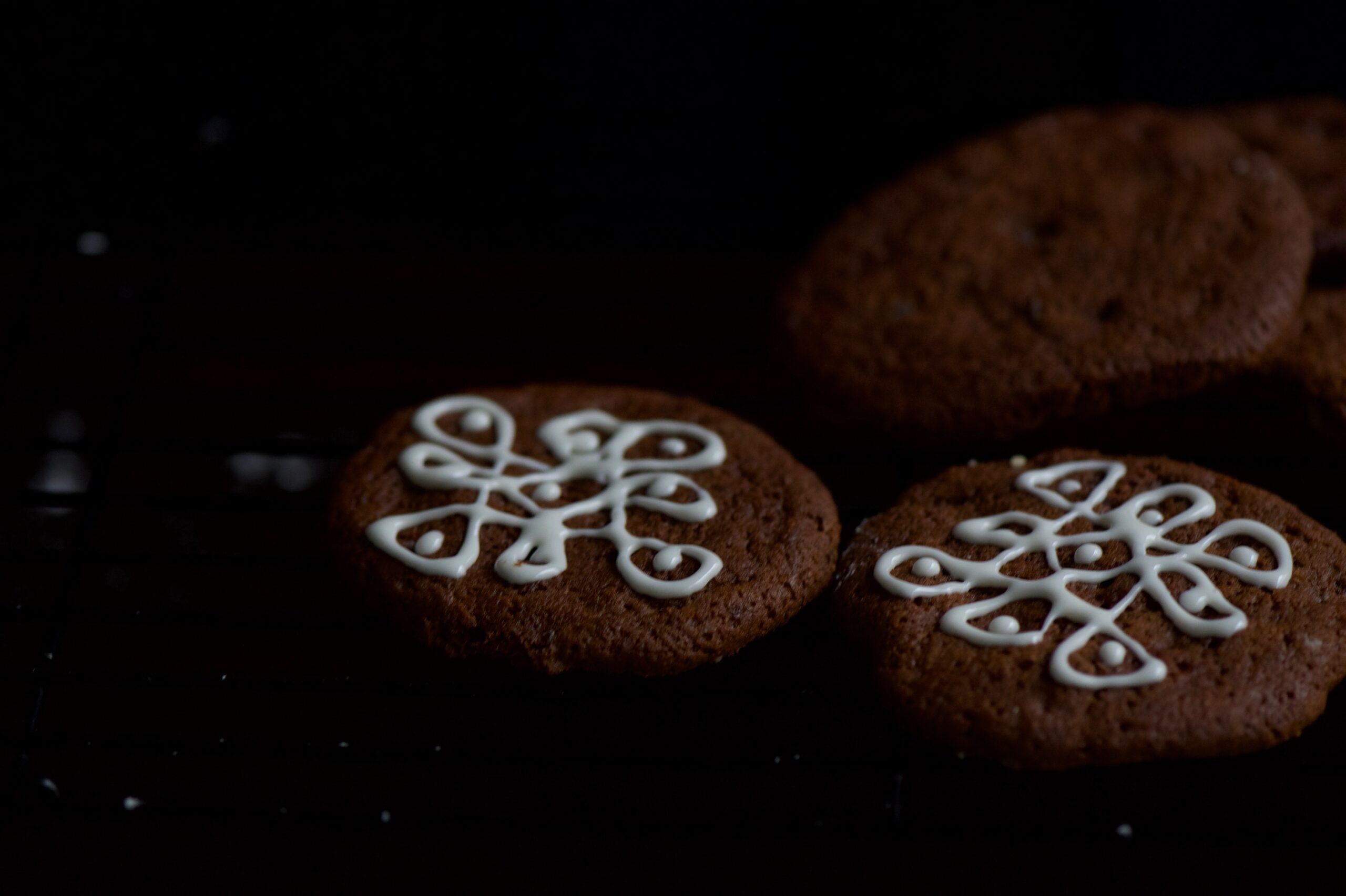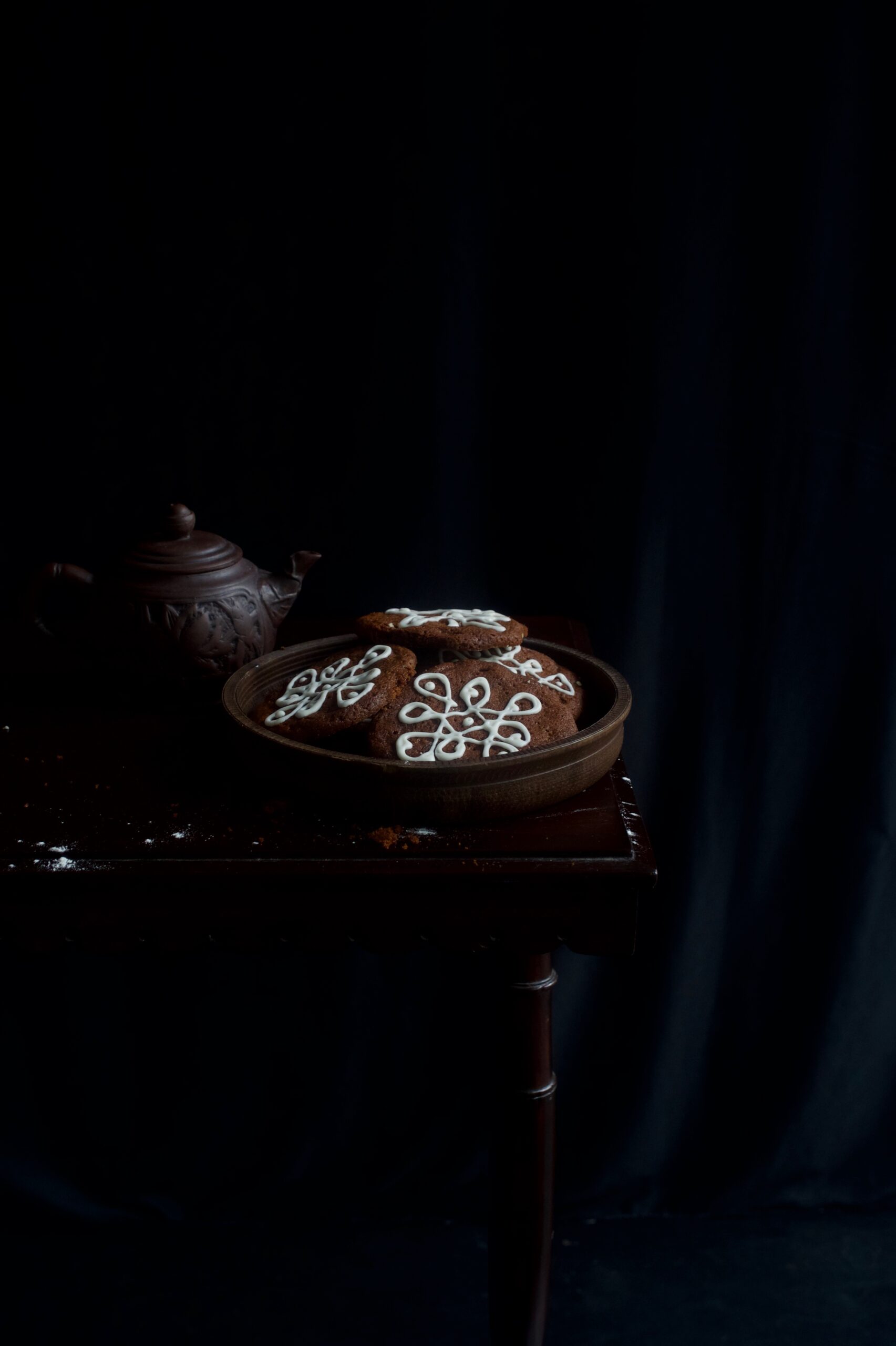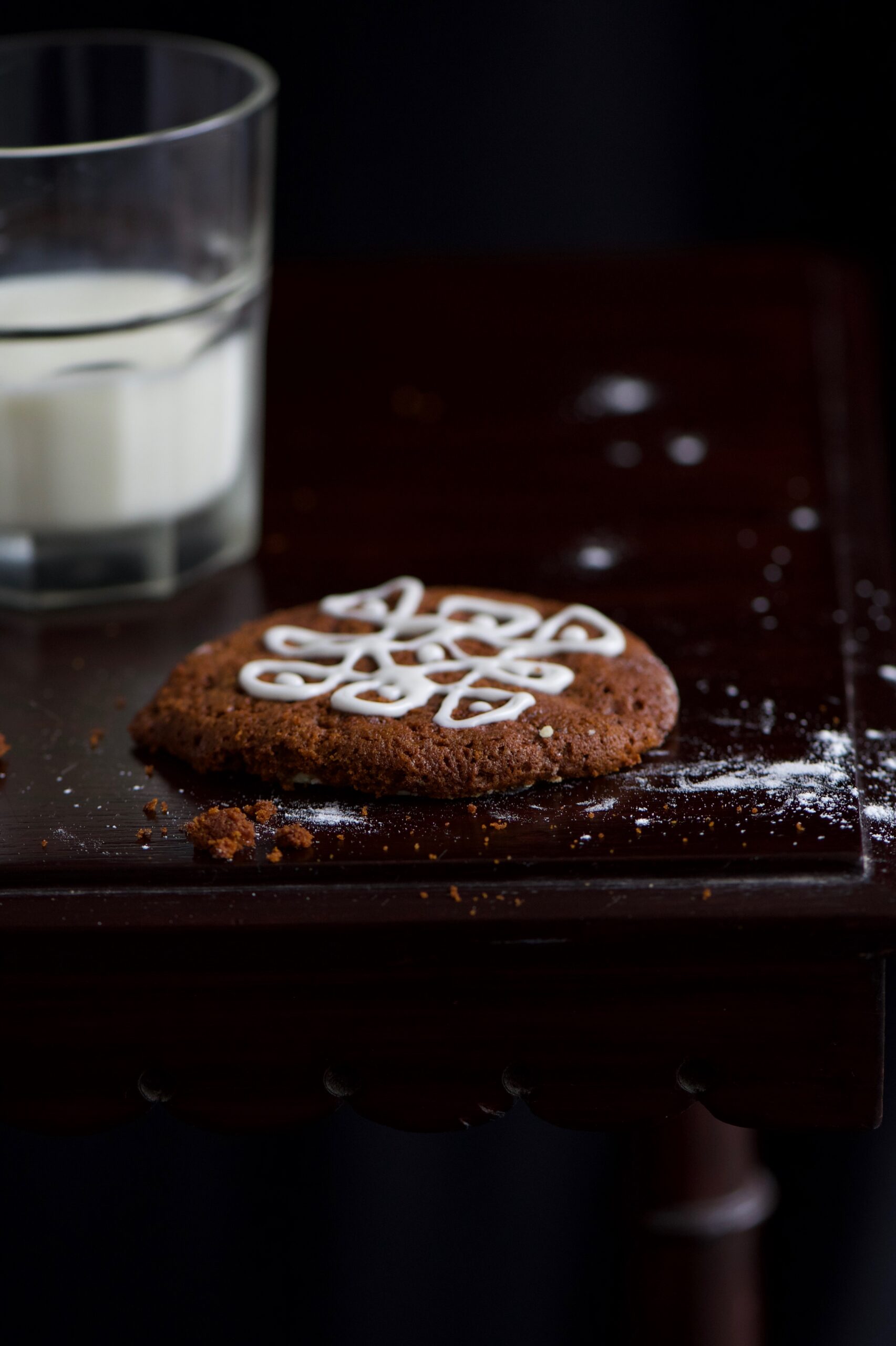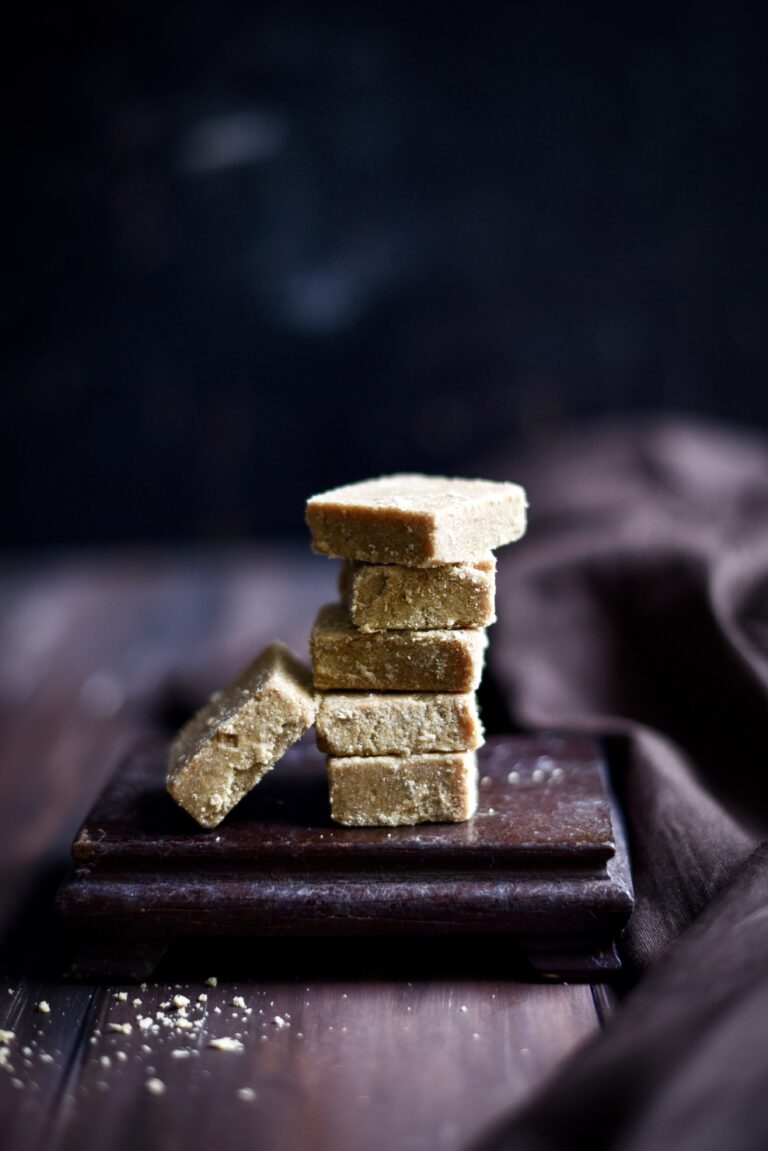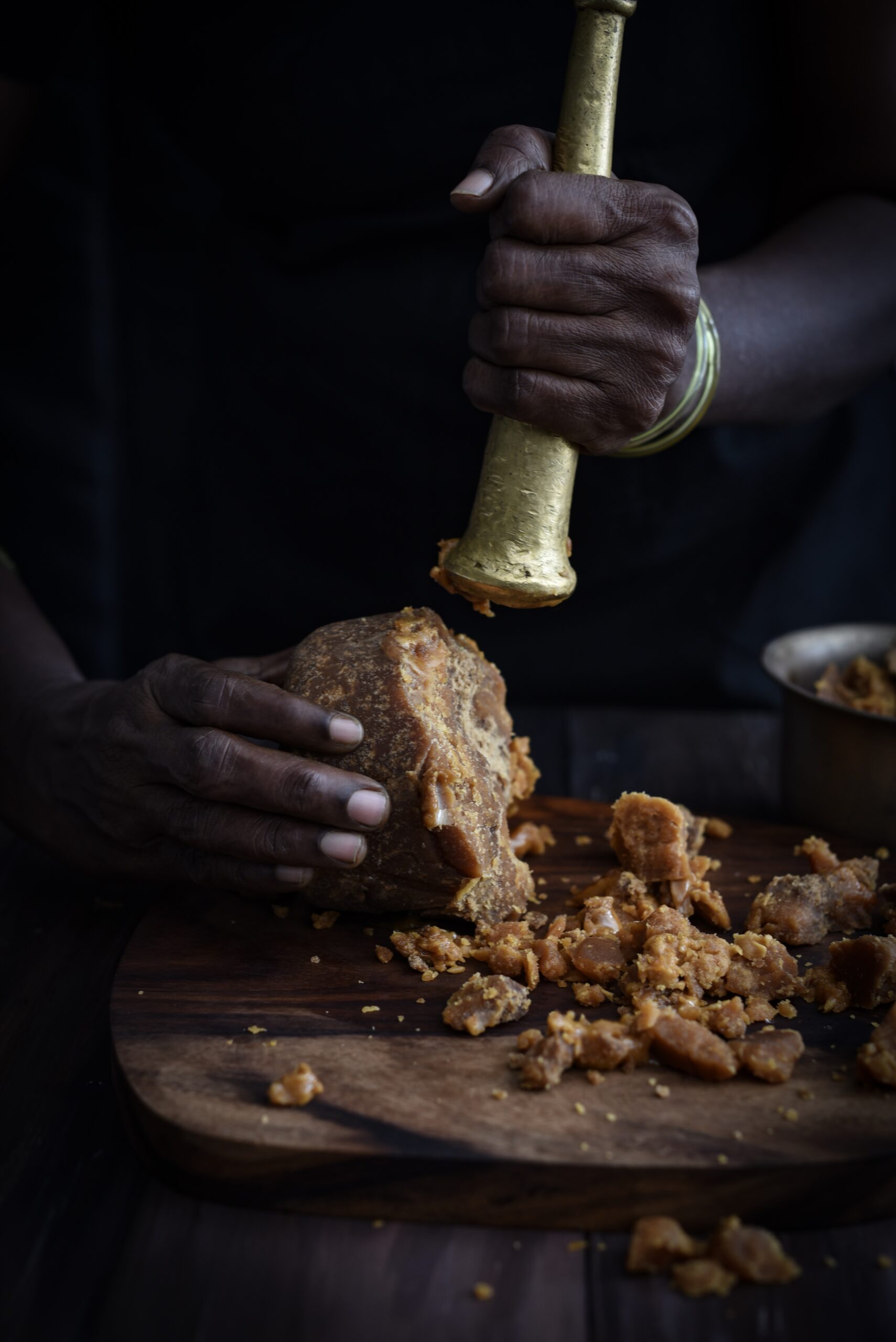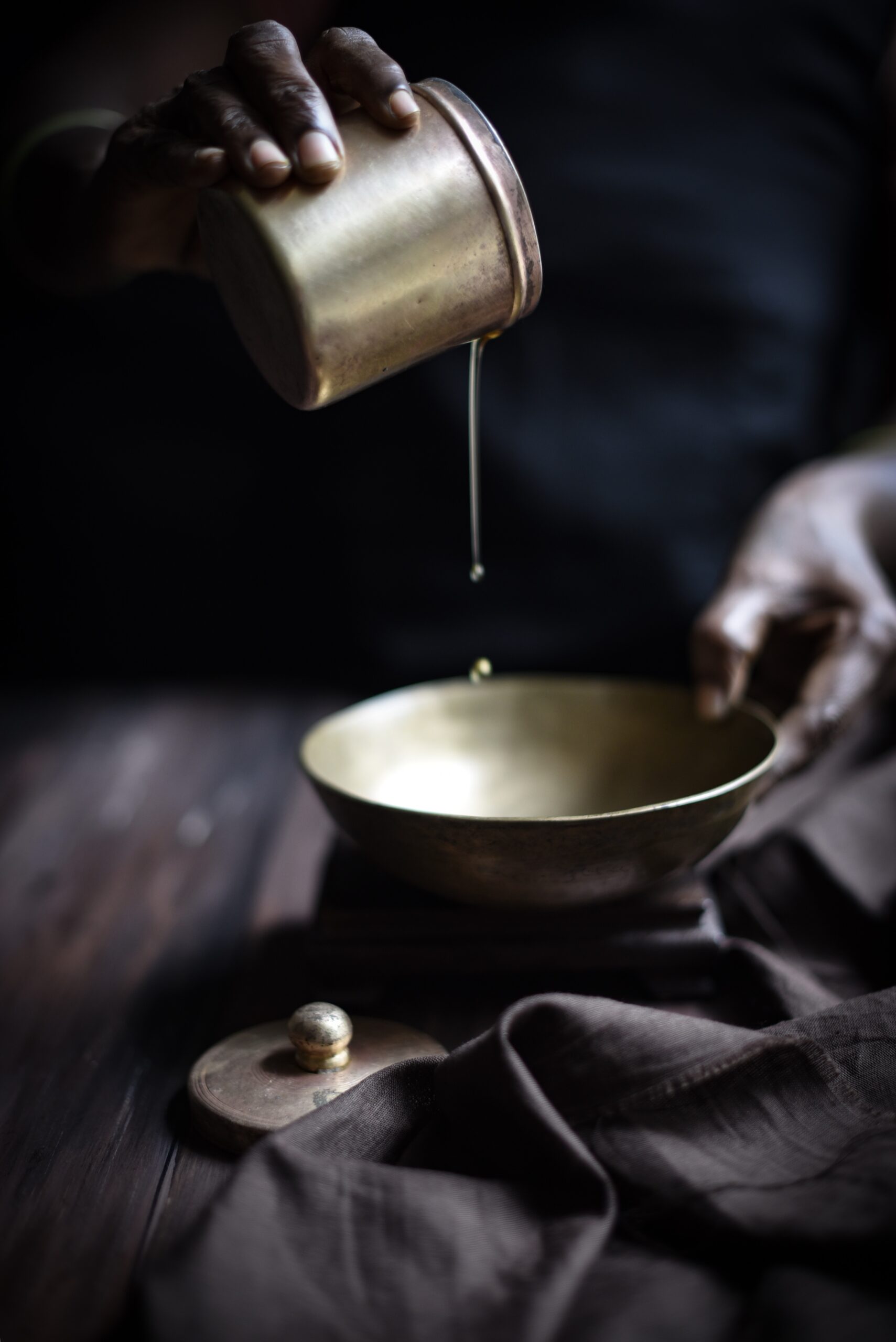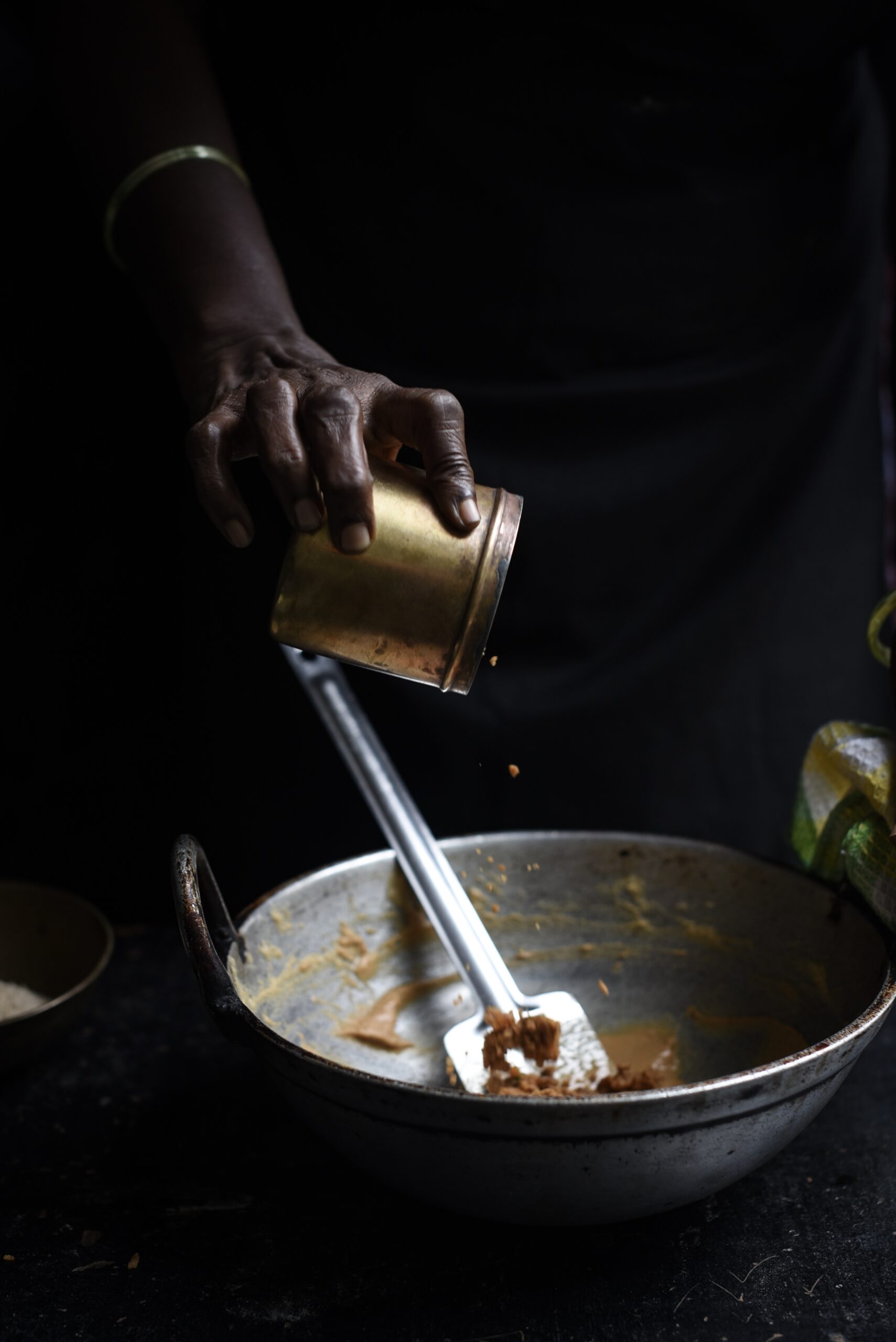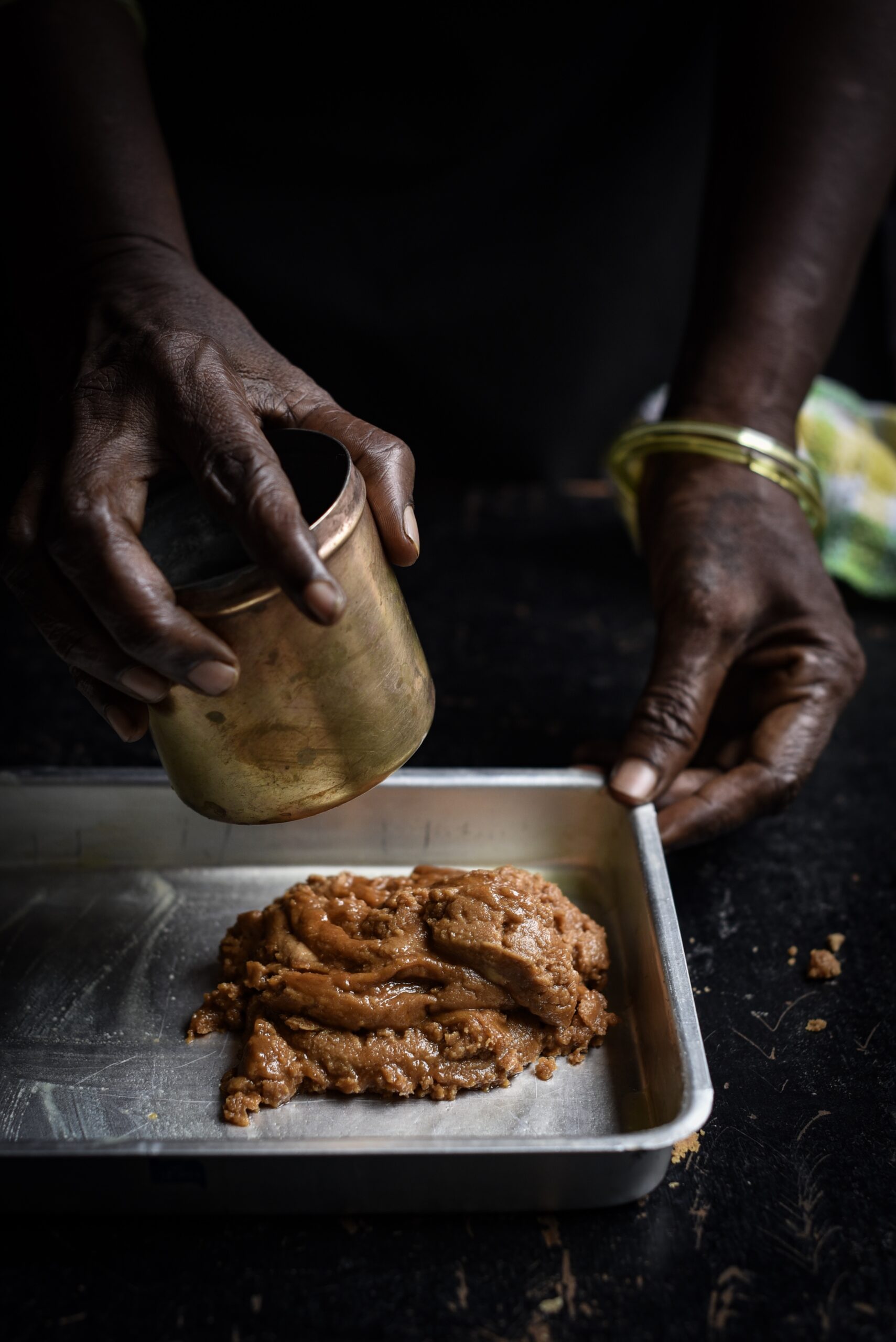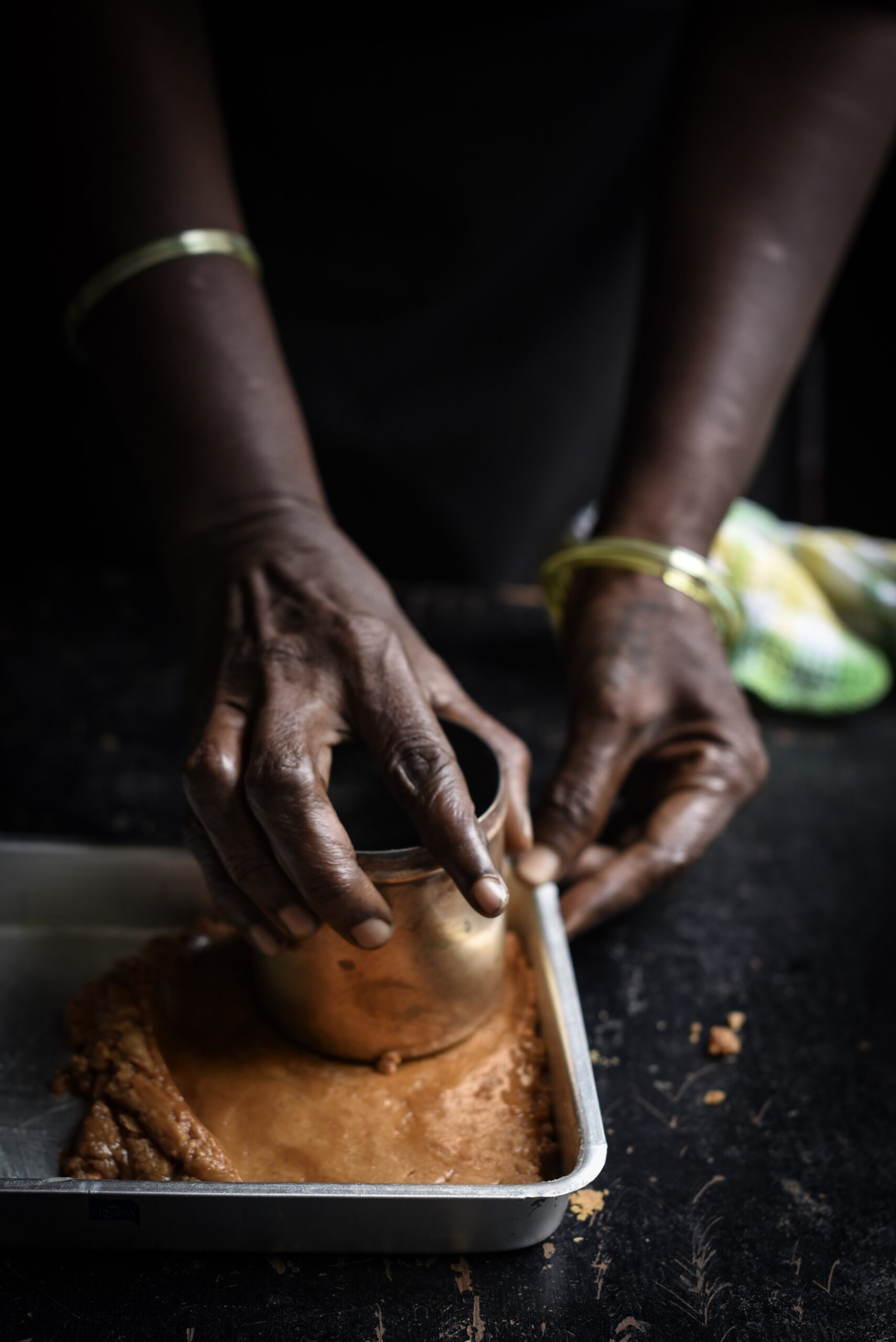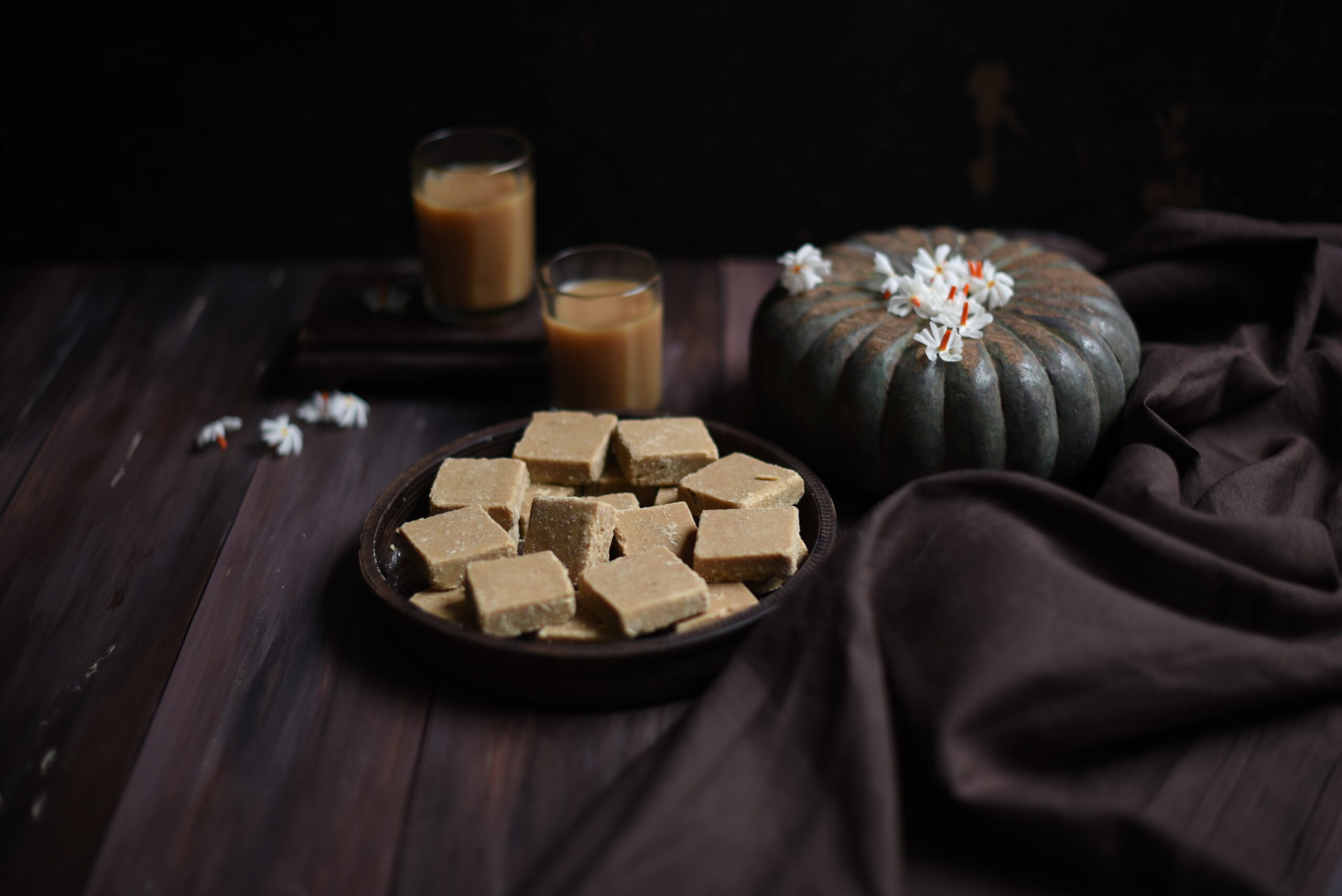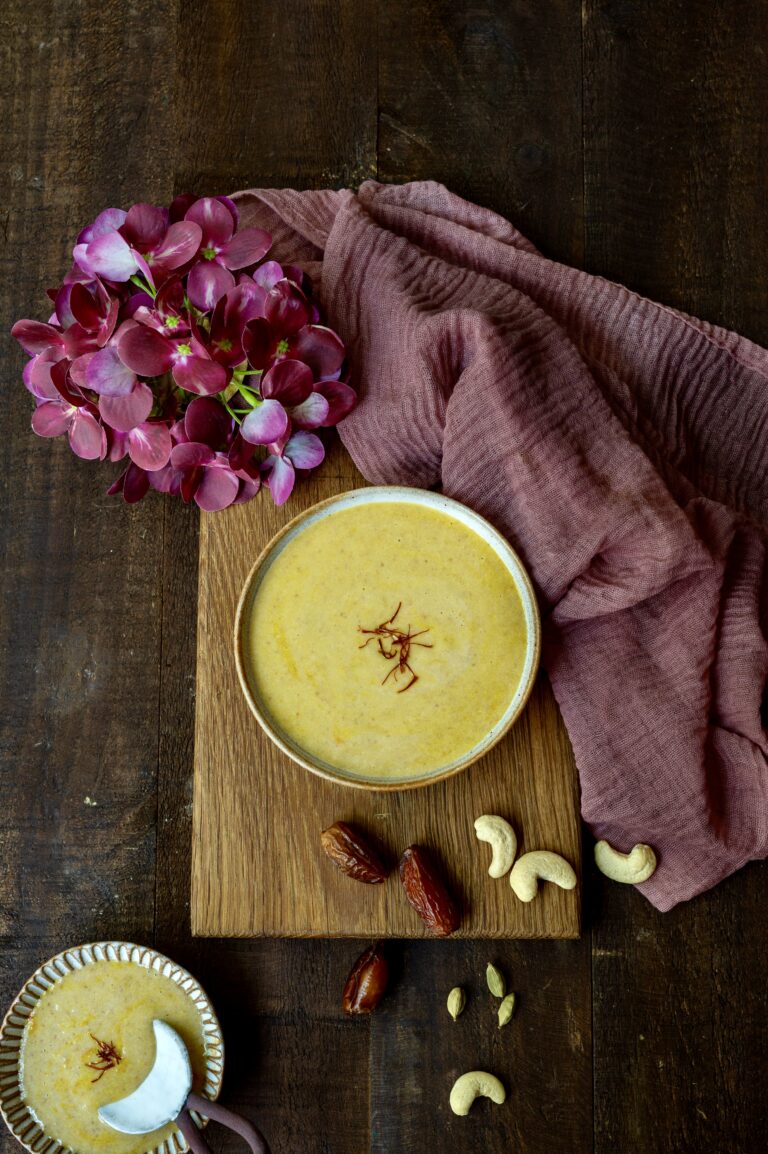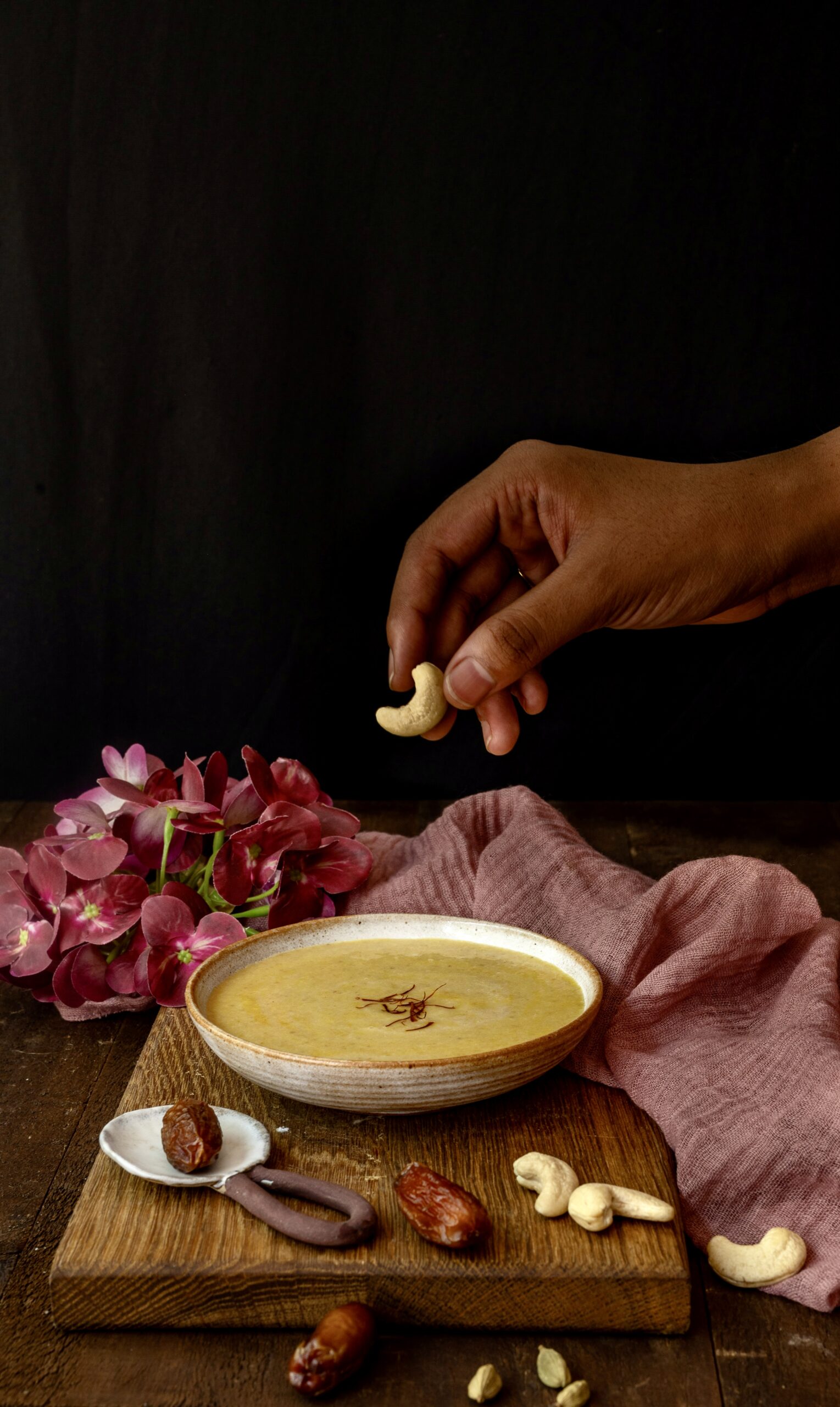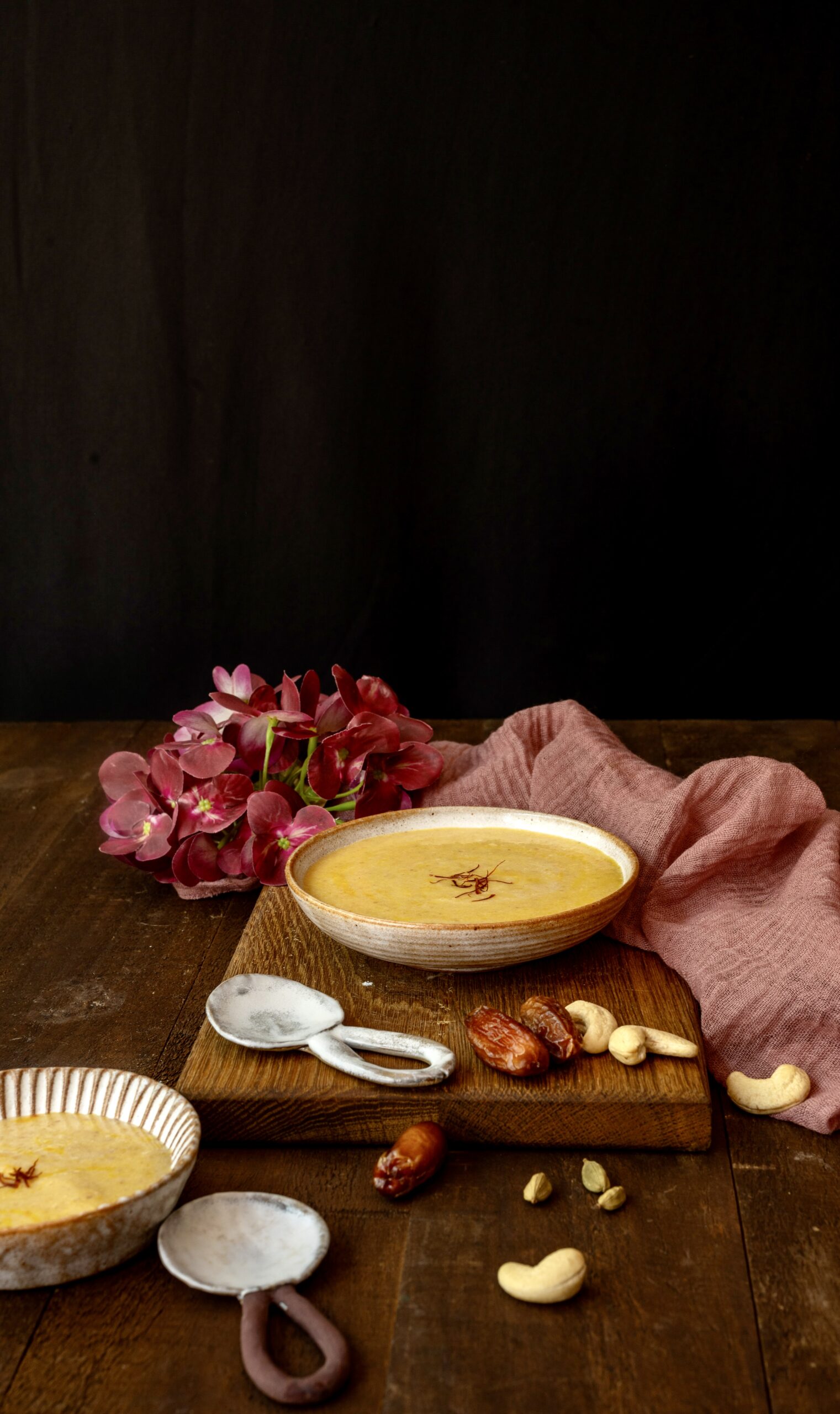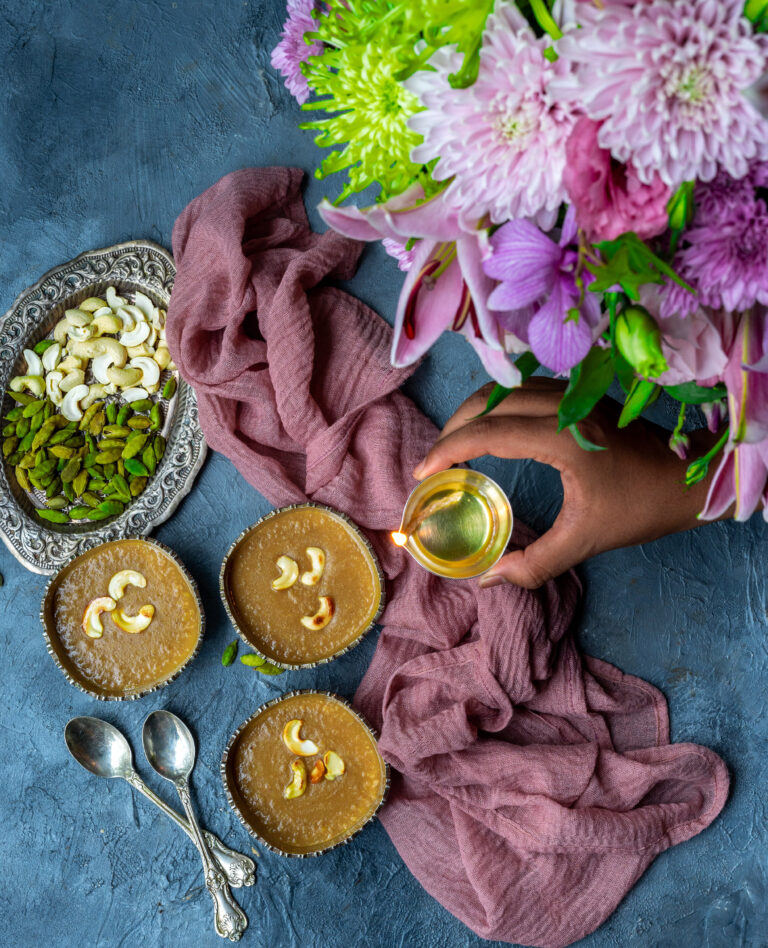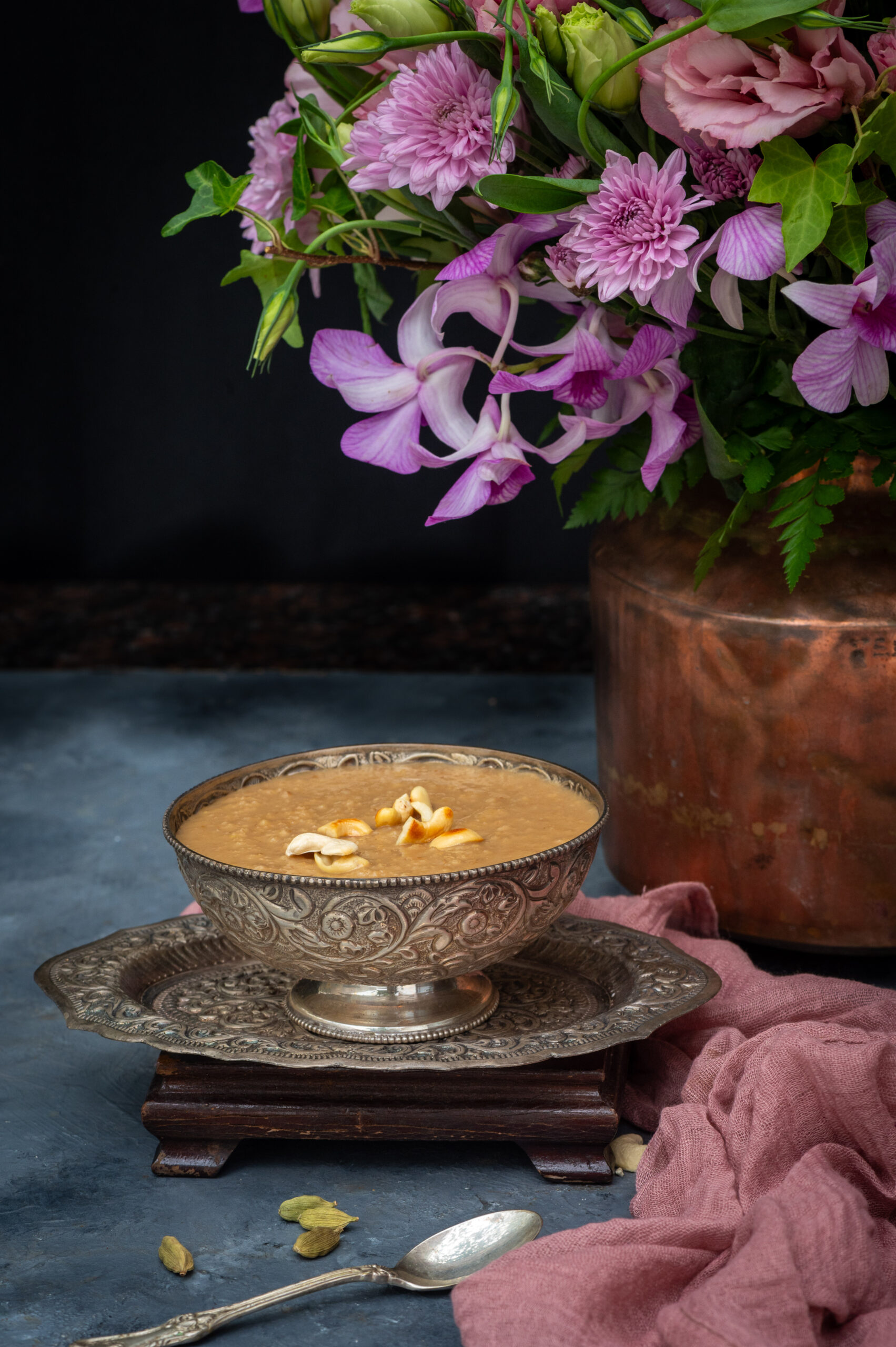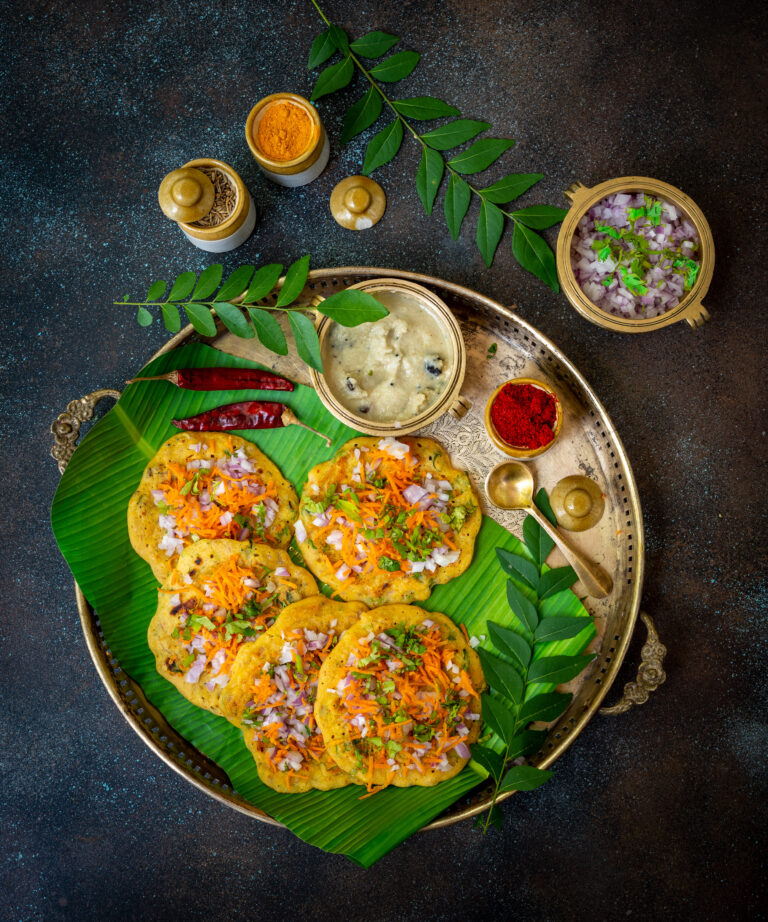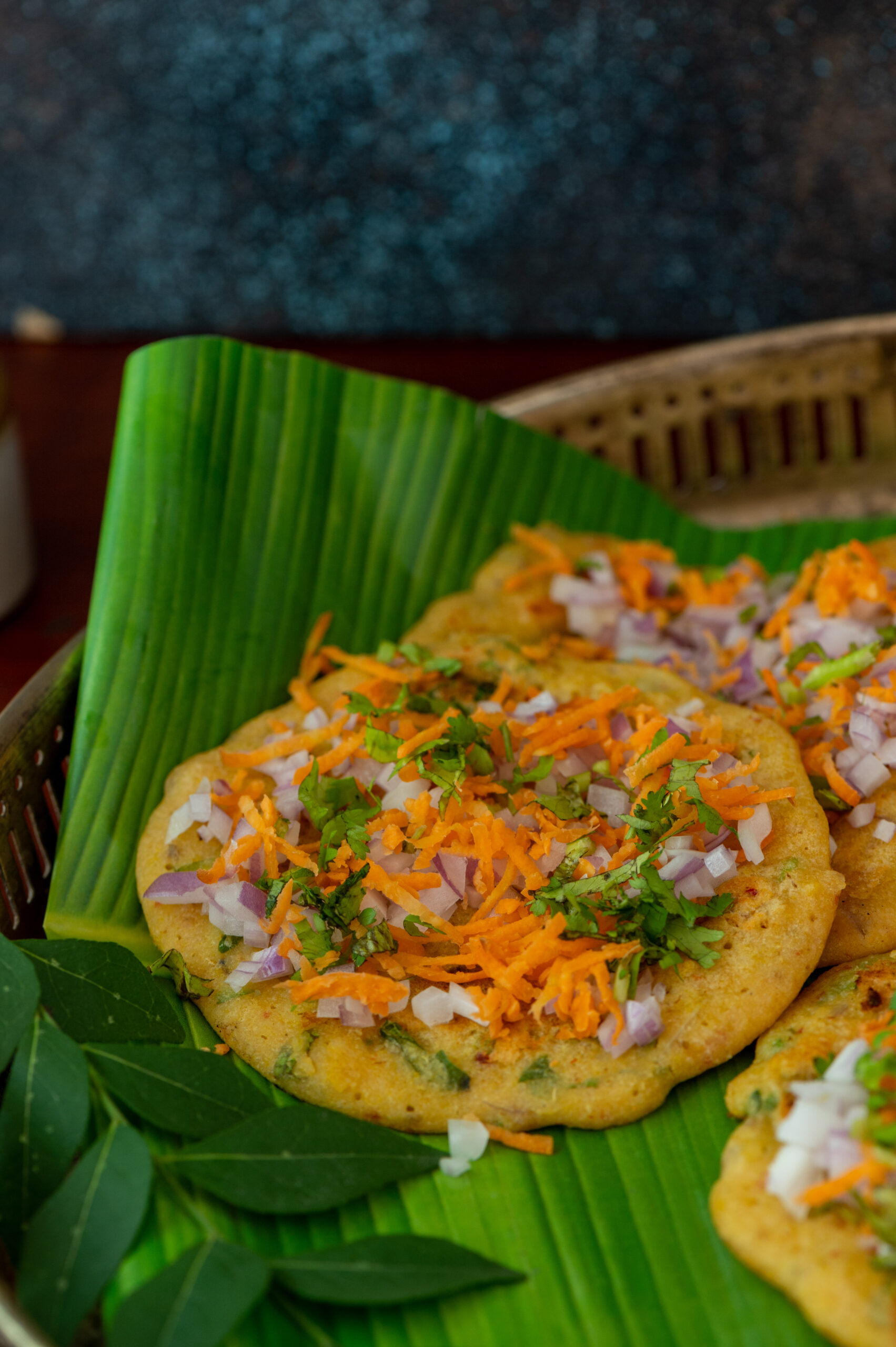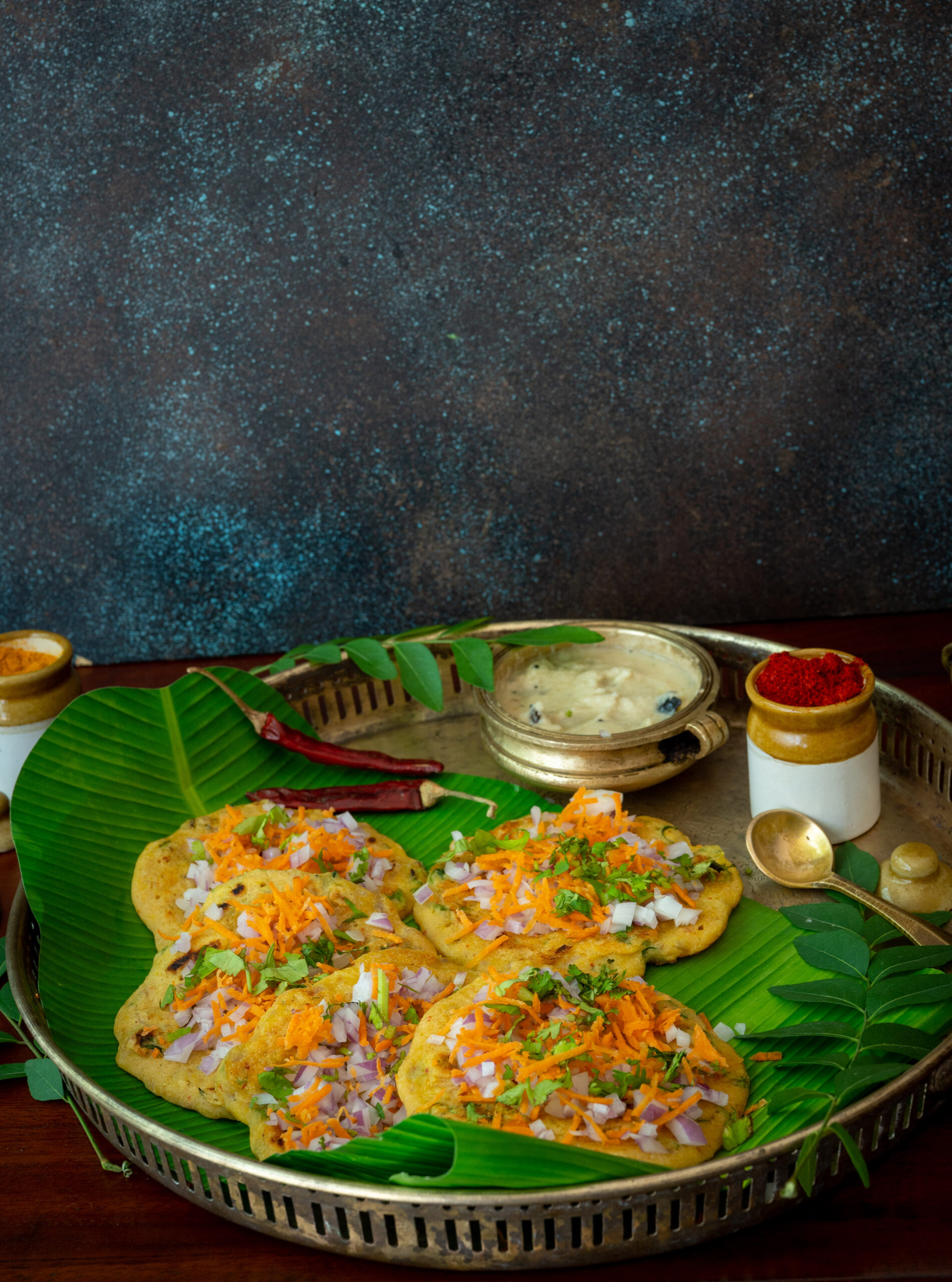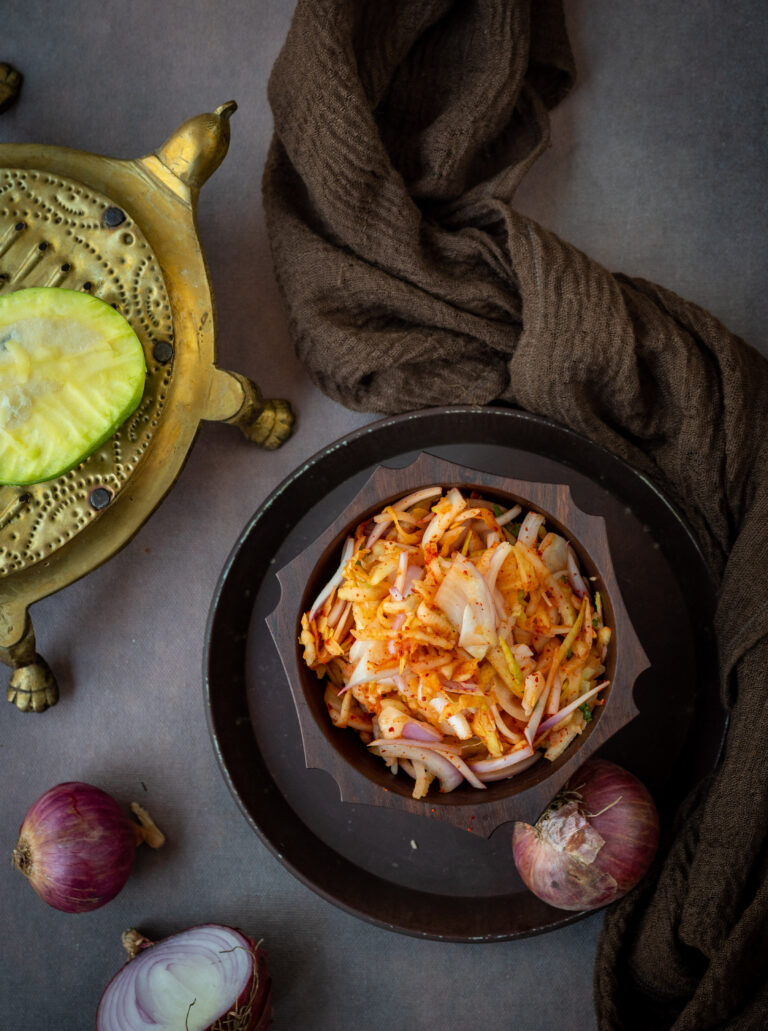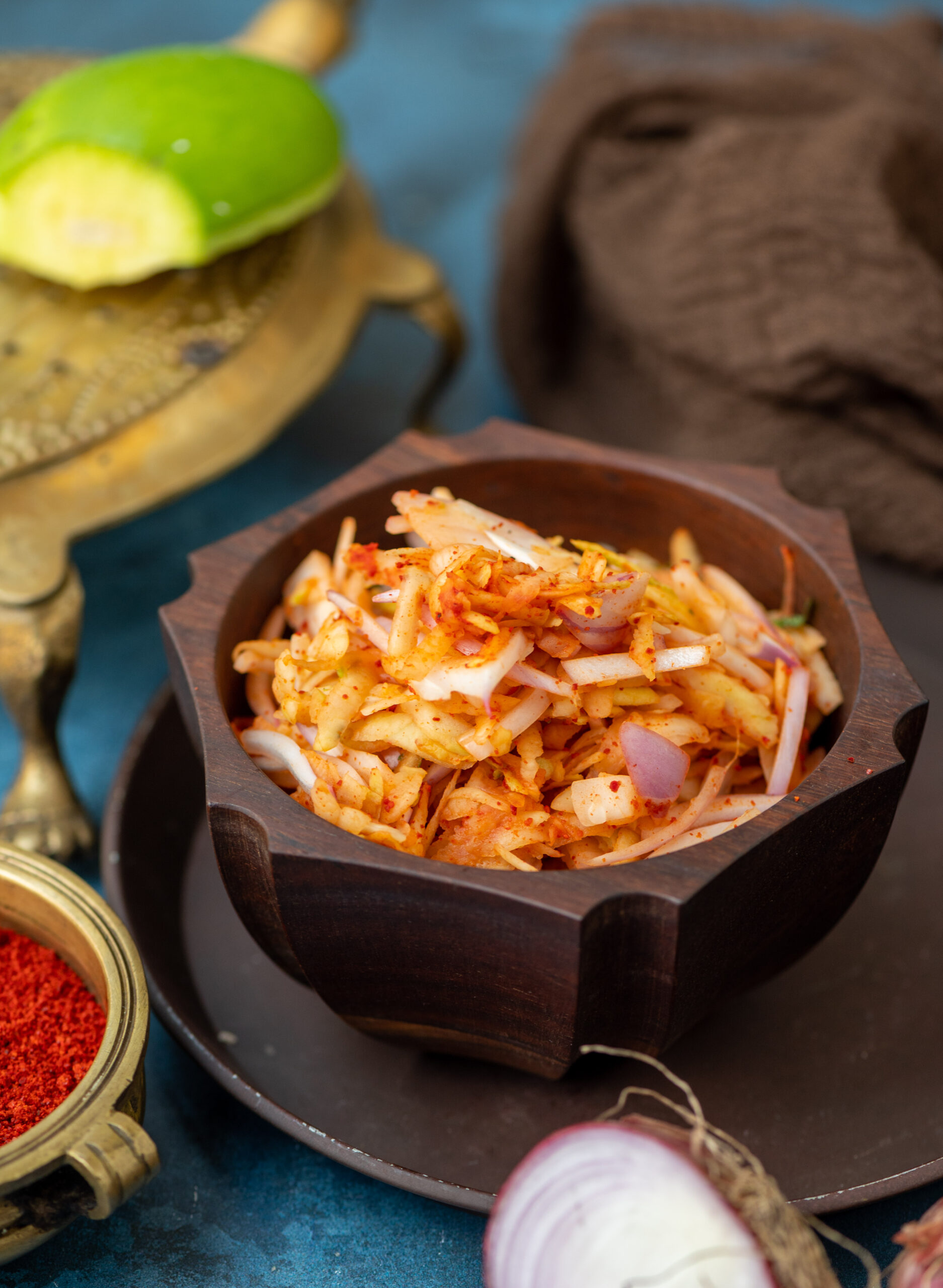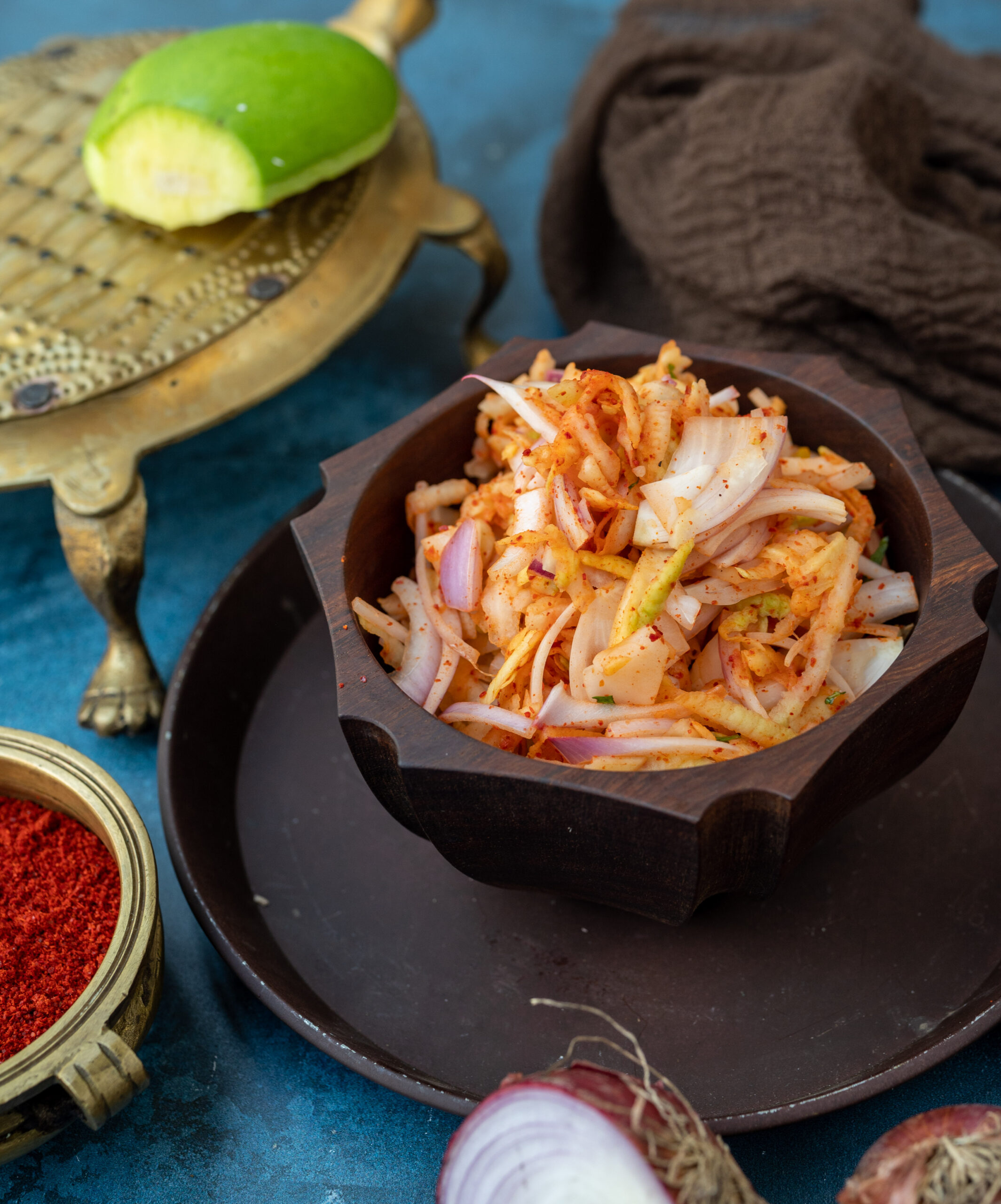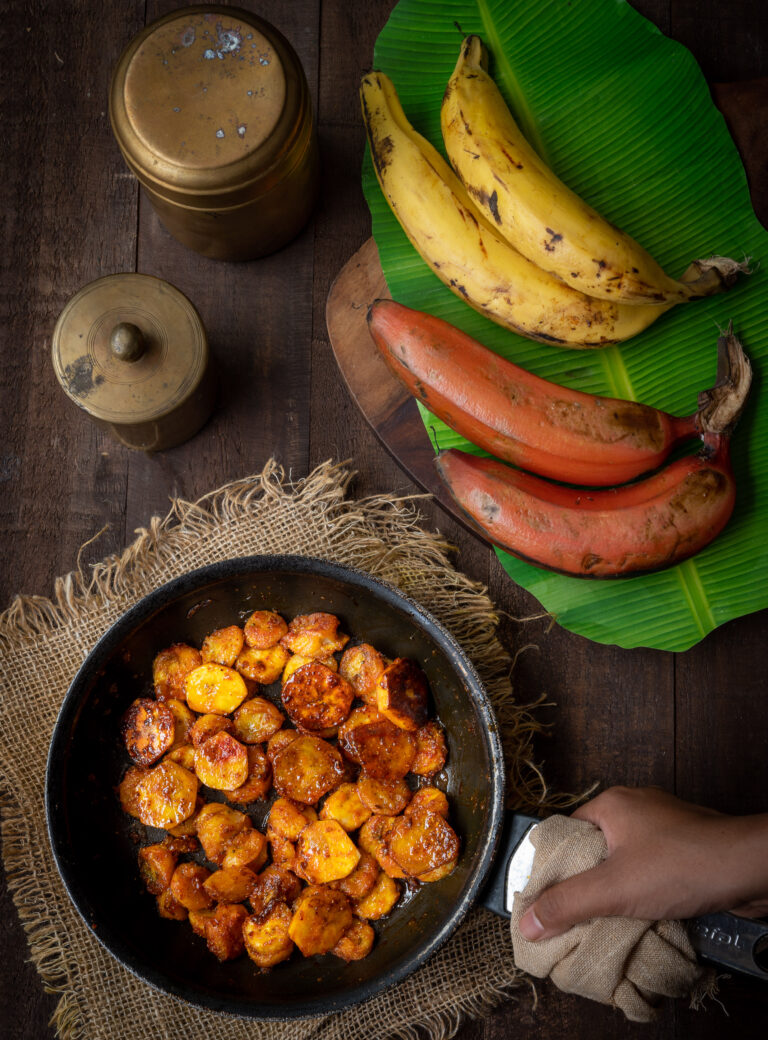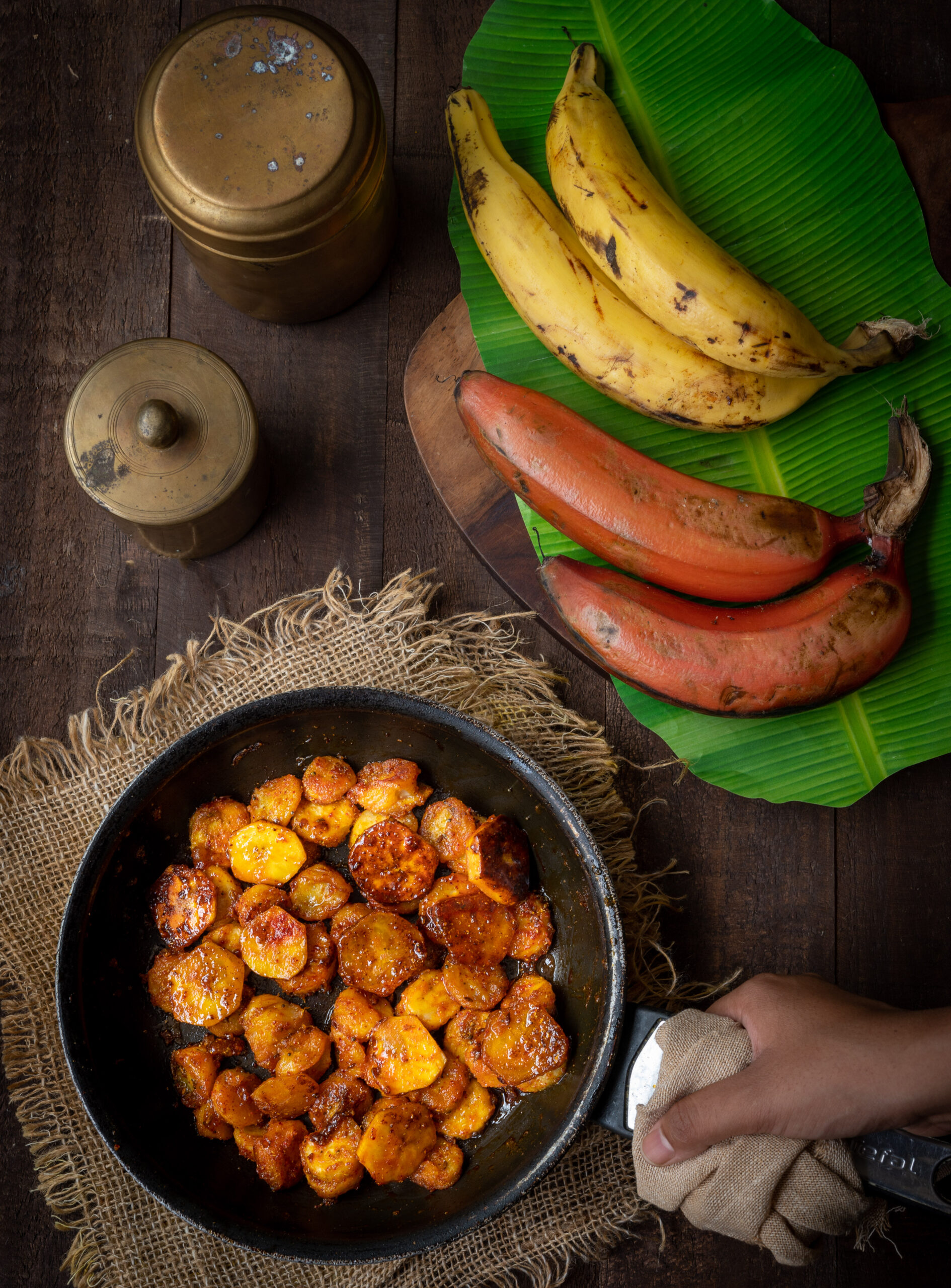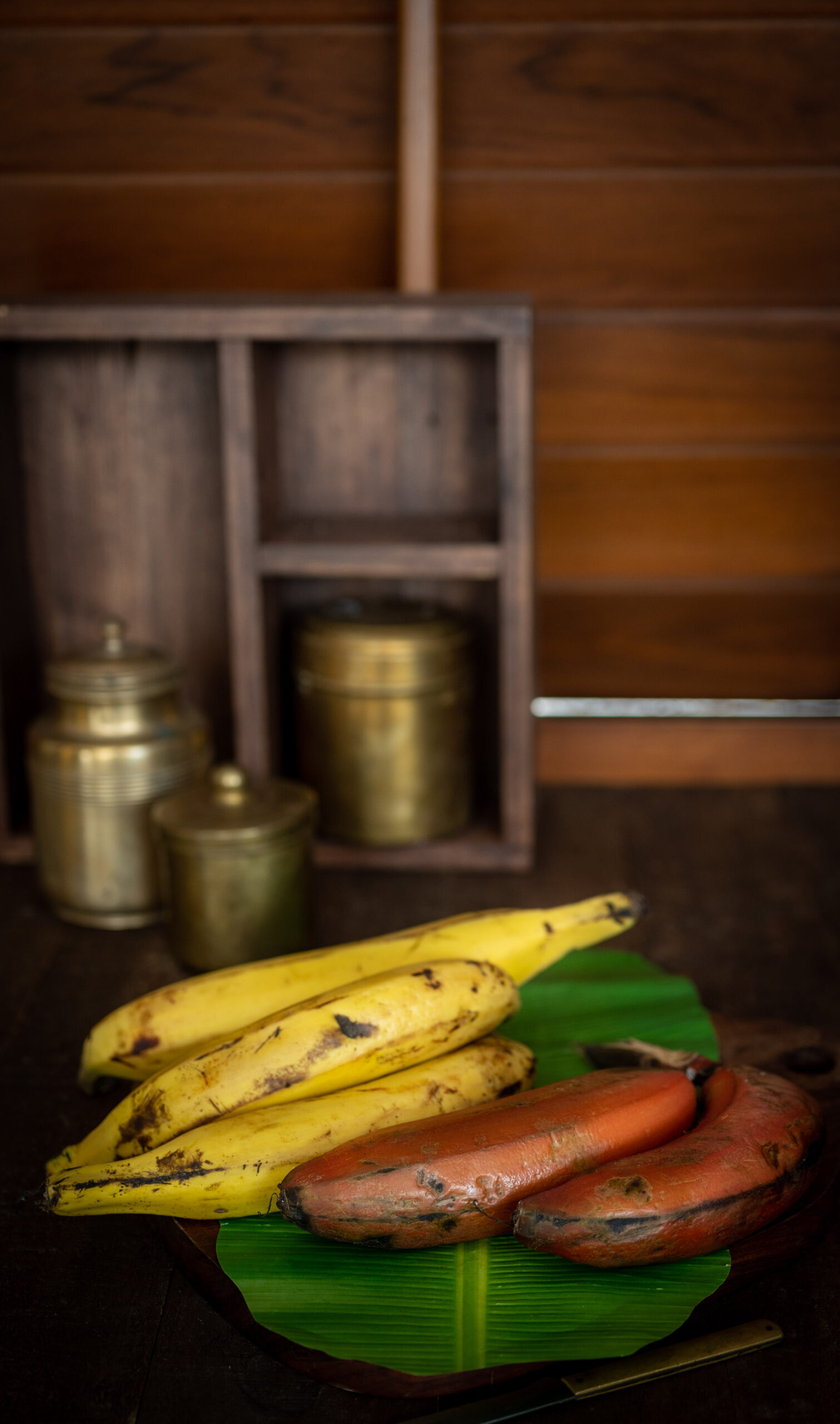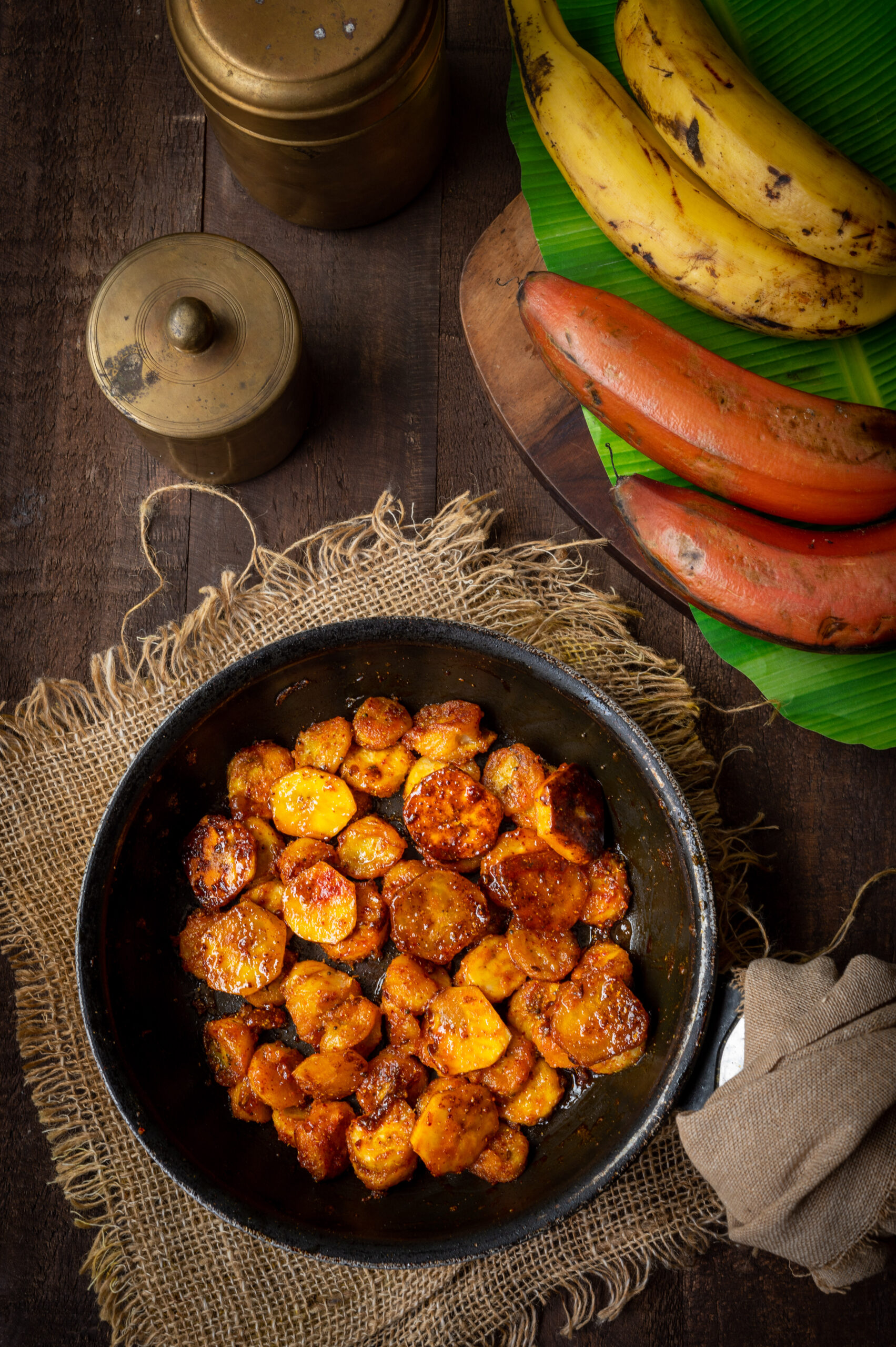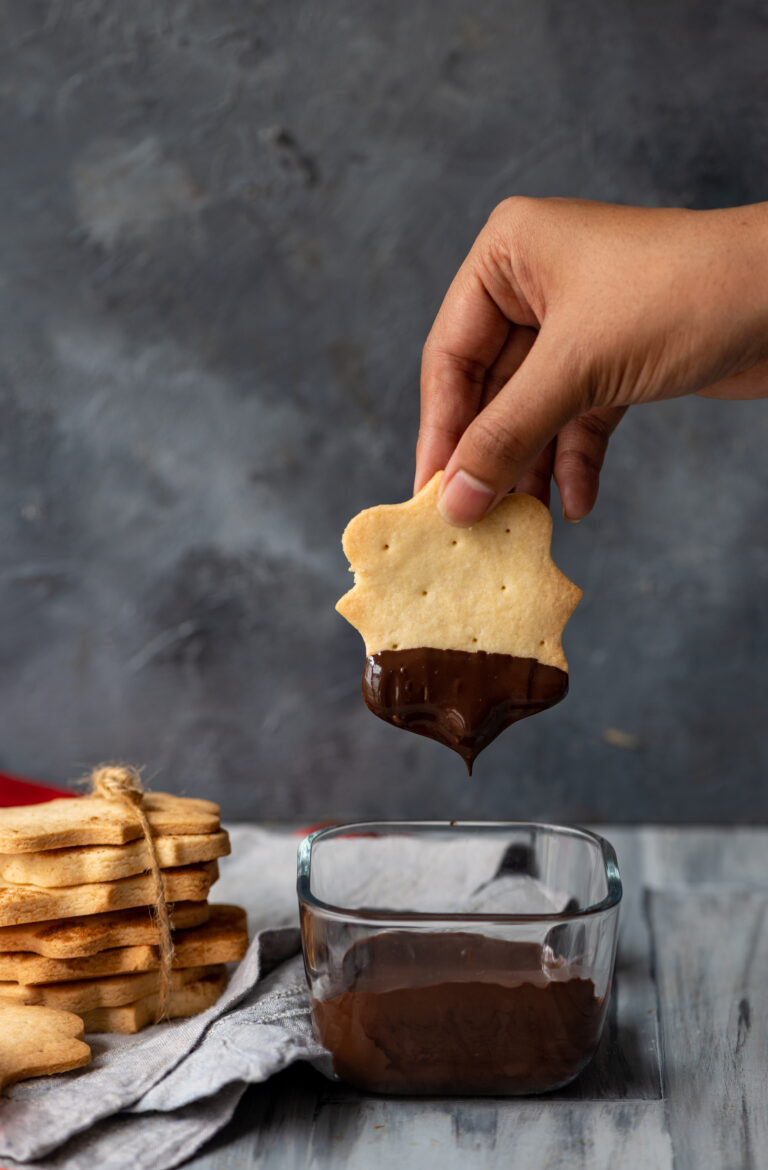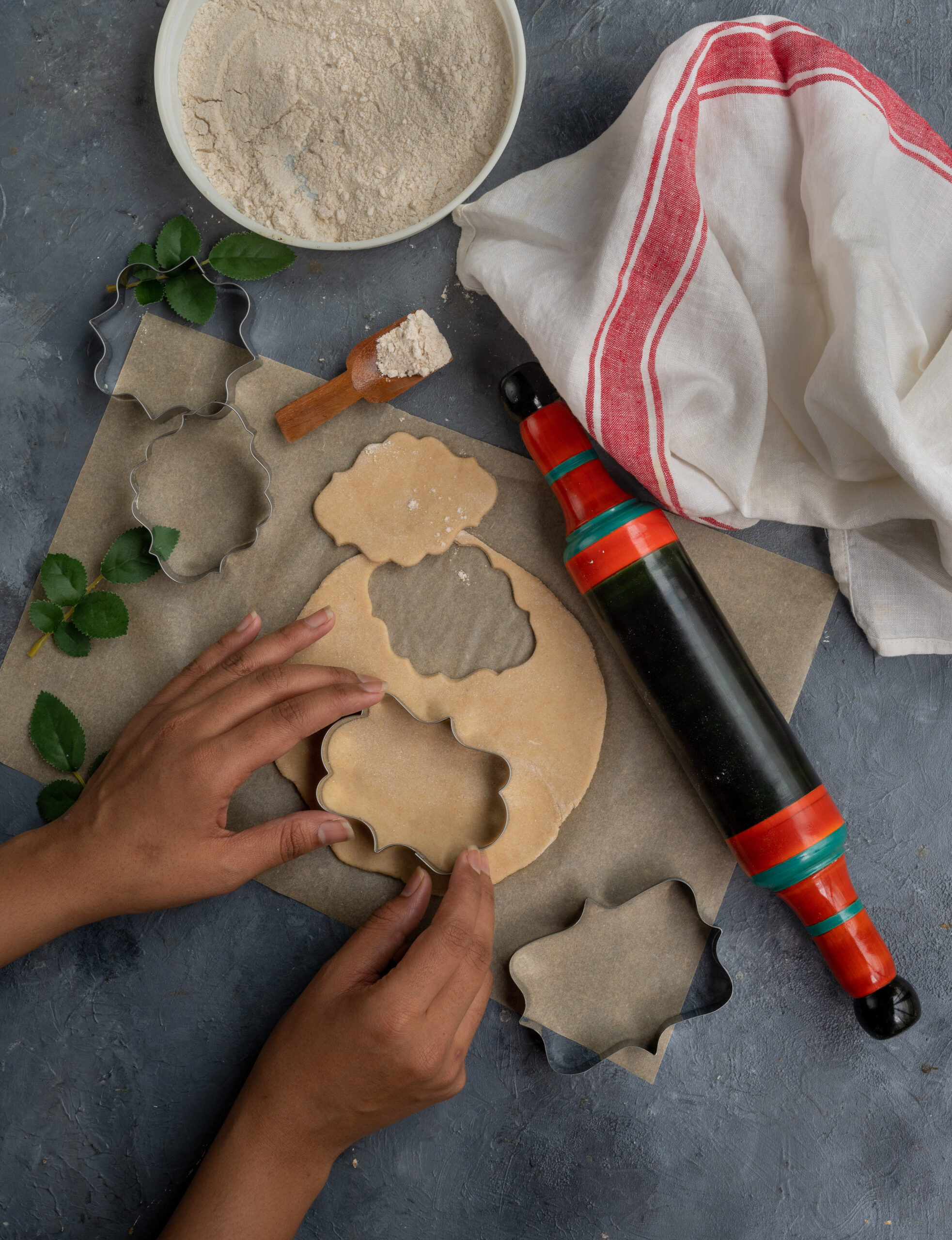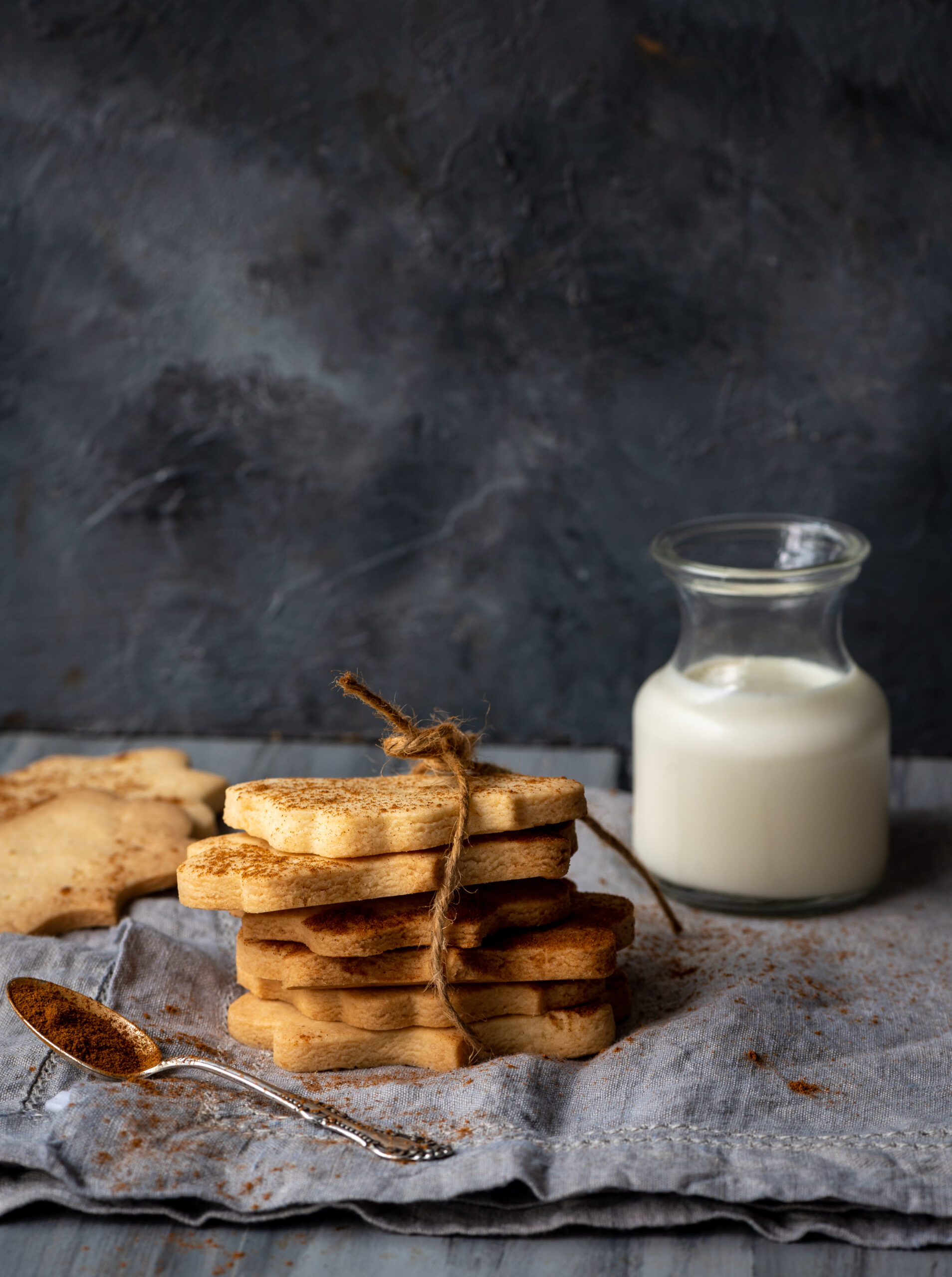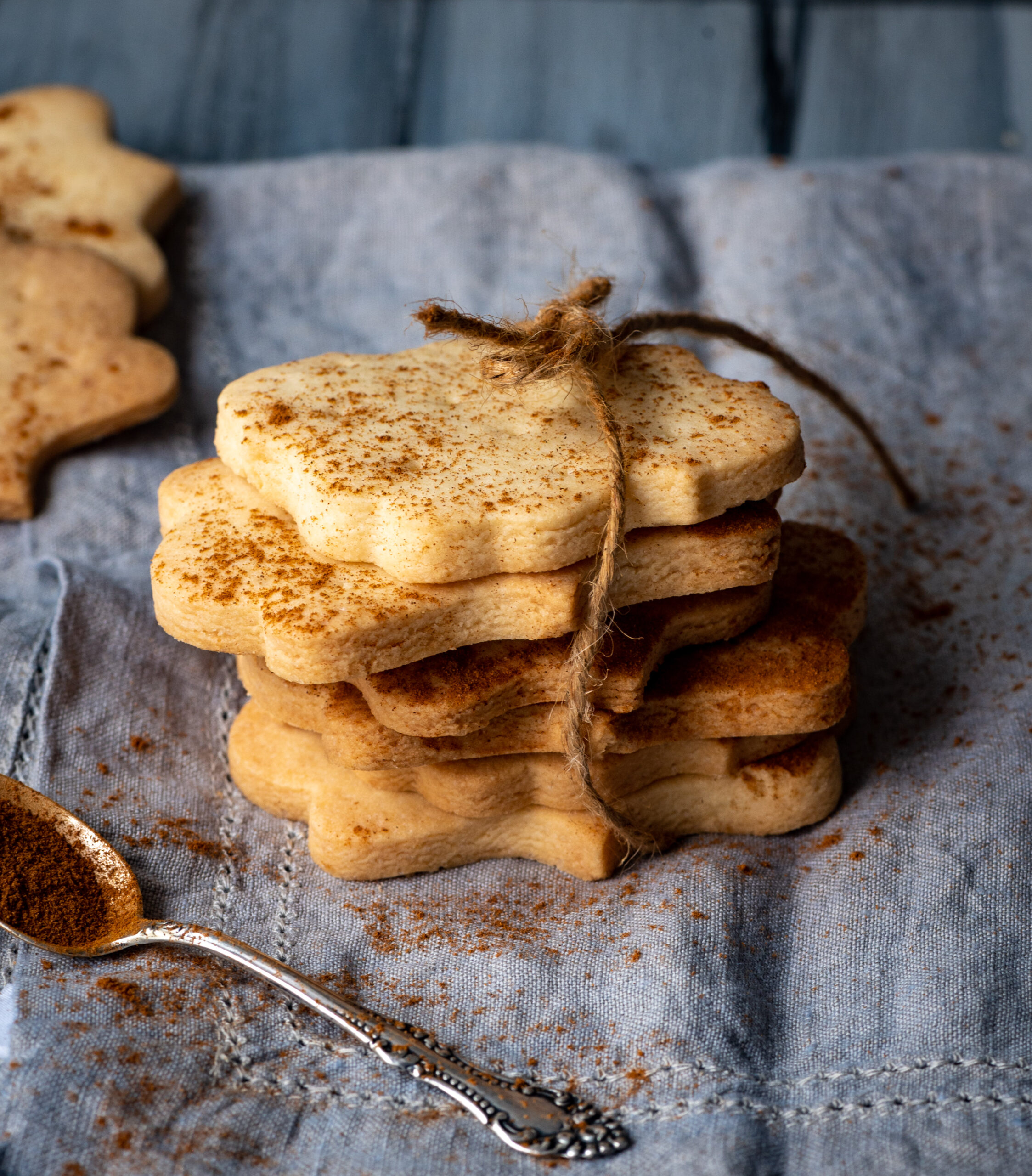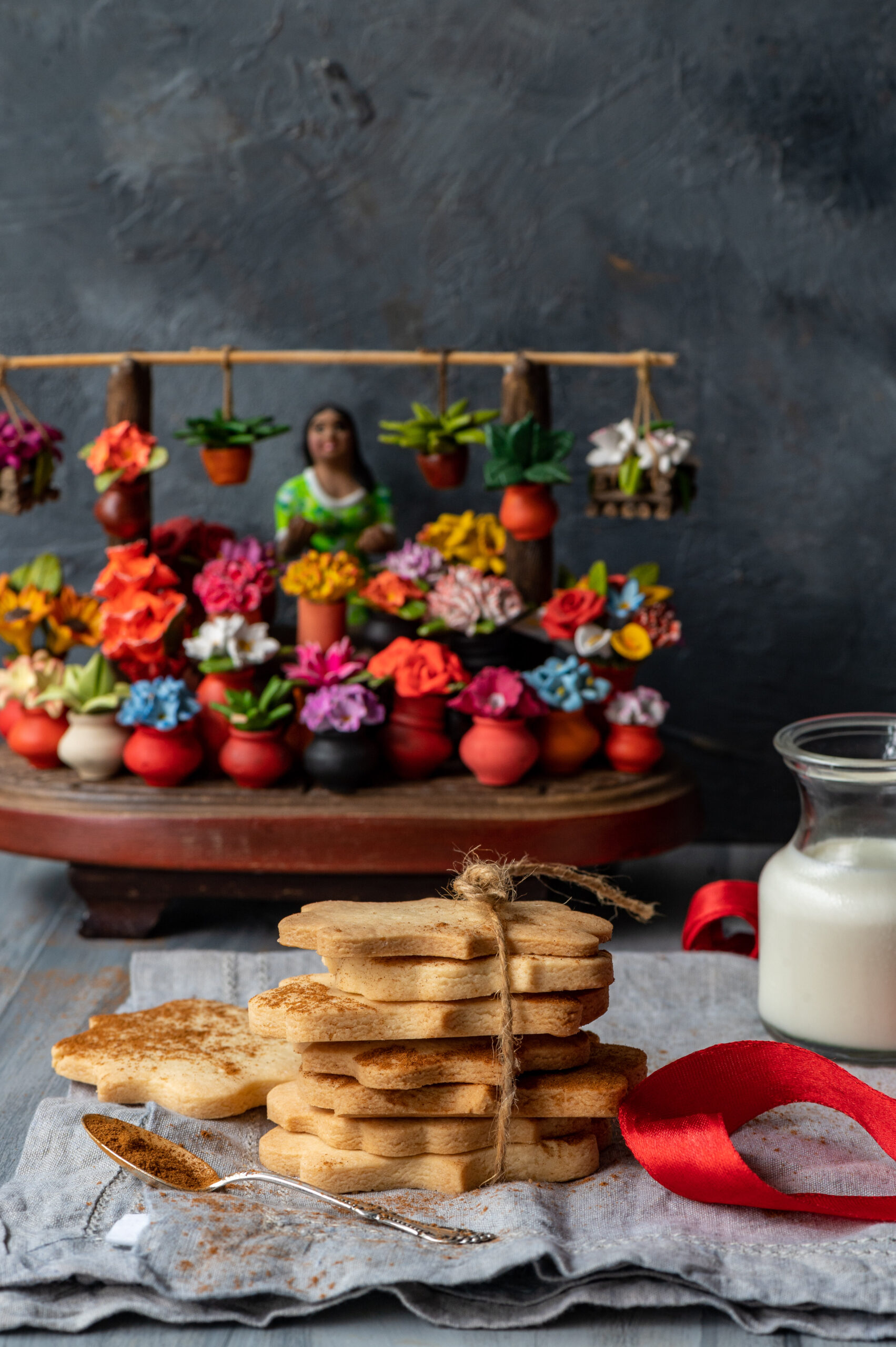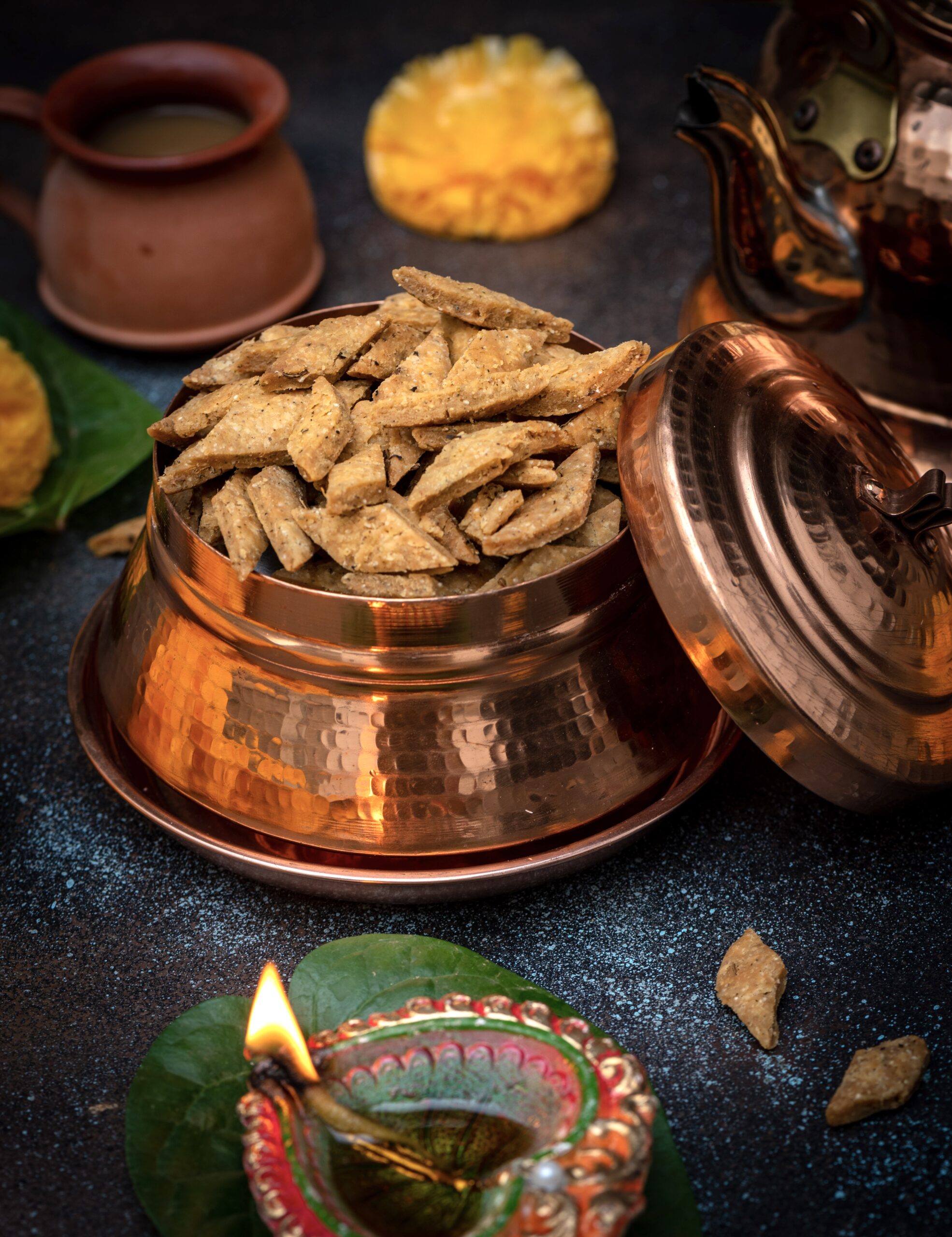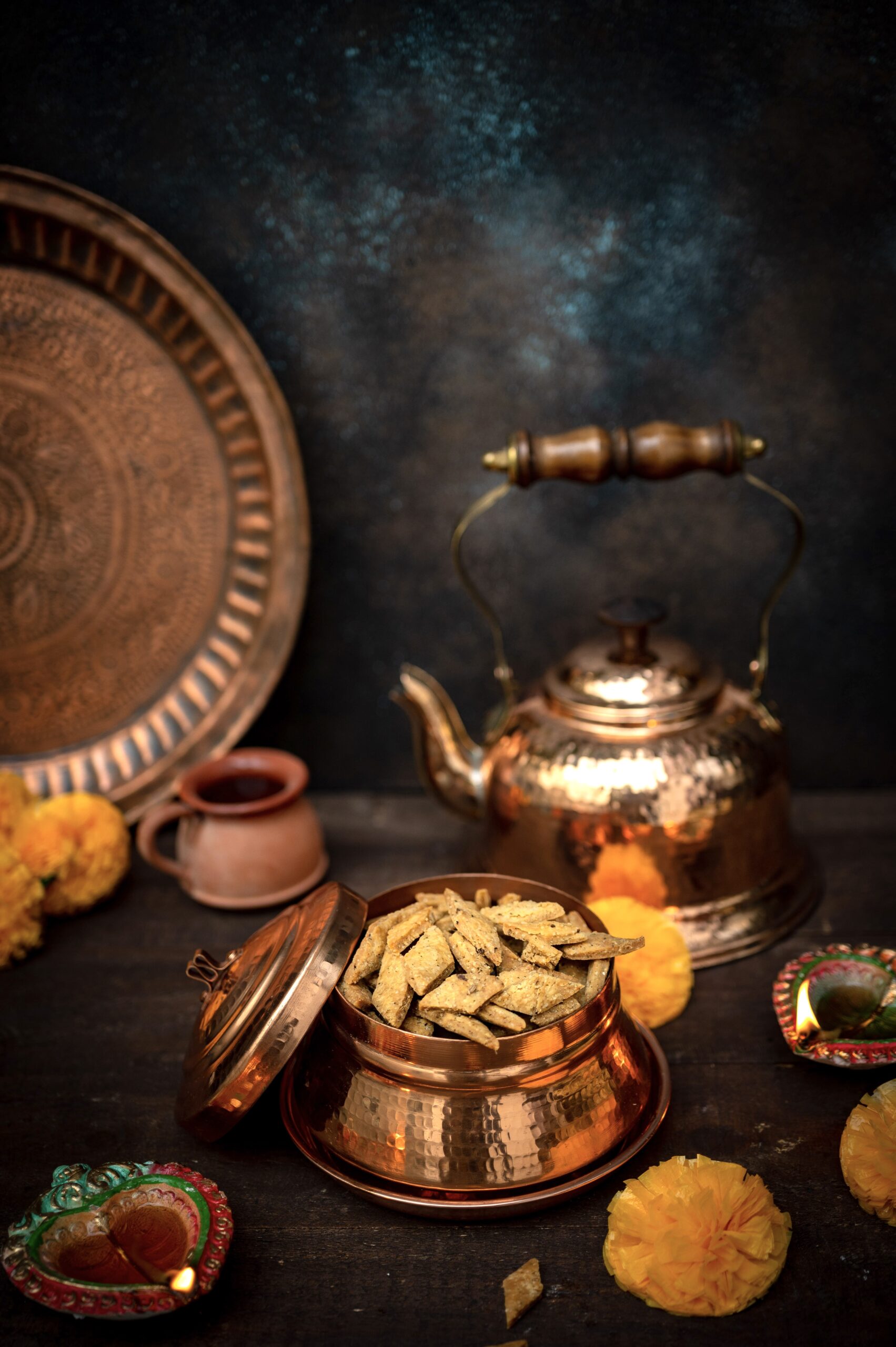The revival of traditional ingredients and culinary methods is something very close to my heart, and you may have noticed this passion in everything from the cookware you see in my photographs to the recipes I’ve shared on this blog over the years. This is also the reason why I celebrate so many festive occasions, and believe in passing on traditions to my children, be they cultural (such as certain Diwali or raksha bandhan rituals) or sentimental (such as heirloom recipes). This return to a time-honoured way of life is very valuable to us. It was in this spirit that I accepted the opportunity to create a recipe over the Pongal festival for a special feature in The Hindu. Although Pongal has now passed, any time is a good time to try something delicious, and I hope you’ll like this recipe for traditional South Indian red rice and jaggery pongal.
When I discovered an organic store in Chennai, Spirit of the Earth, I really enjoyed looking at the hundreds of varieties of locally produced rice from around India. I especially love black rice, which has a nutty flavour and appealing colour as well as being nutrient-rich. As someone with Vitamin B12 deficiency, it provides a source of iron that I’m glad to incorporate into my diet frequently. It’s also a very versatile grain, and I enjoy using it in dessert, specifically in Thai-inspired sticky rice with mango pudding. The red rice varieties were also very intriguing to me, and one of them is the key ingredient of this recipe.
Having experimented with growing organic produce on our farm over several seasons now, I now truly understand why turning away from chemical-heavy and industrialised agriculture is good for us. What we do is on a small scale, and mostly for our own sustenance, although we do sell to selected organic stores as well. We cultivate traditional varieties of fruit, flower and produce, and the only kinds of rice and millets we usually eat at home are from our own fields. Among the produce we grow are: ragi, green moong, black rice, barnyard millet, samai and thinnai. Even taste-wise, I find that hybrid varieties of fruit simply don’t taste as sweet. The sight of blossoms like the manoranjitha, which I grew up with but hardly find in Chennai anymore, warms the heart.
It is deeply meaningful to me to be able to provide all these forms of a sense of belonging to my children, who are grown up and live in different parts of the world. They know that they have a home to return to, which will be filled with love and tradition, where meals will be served with ingredients we have carefully cultivated ourselves. When they are not here, they have the recipes on this blog, which will teach them (no matter what time zone they’re in!) how to whip up their favourite comfort foods for themselves. This was one of my core reasons for beginning this blog. While it may look like a motley collection of recipes, that is only because I want it to speak to many generations and tastes, and span influences that reflect all our travels and dreams. We are all multi-taskers with many interests, which is why I keep things varied.
Beginning with my love of cooking for others, I then also started taking photographs. After early trials and errors, I attended workshops to hone my skills, and practiced hard. I think the results of these efforts will be clear even if you look back at old posts. I am proud to have come a long way since then, and especially that I took the step to establish Nandi Shah Photography in 2019. I think it’s still early enough in the year to share again this calendar, which showcases the combination of two of my great loves: baking and photography.
Another very important component of this blog is the health aspect, and whether it’s vegan, Macrobiotic or simply a smarter ingredient substitute, I am always on the look-out for how to create the most nutritious recipes. This red rice and jaggery pongal checks all the boxes here.
Pongal is a traditional South Indian rice porridge, and red rice is a perfect substitute for white rice. I like using Onamatta rice in this recipe as it has a beautiful fragrance. It also tends to cook faster and is a soft rice variety. Originating in Kerala, it is also known as Rosematta rice. A highly nutritious and filling grain, it keeps you full for a long time, making it an ideal appetite-curbing dish during dieting or fasting. I find that red rice also has a way of uplifting the flavours of local vegetables and dhal. It tastes delicious with palm jaggery, which is great sweetener. I’ve had the opportunity to see it being made as well, and I highly encourage it as a sugar substitute. Jaggery has long been the traditional sweetener in Tamil Nadu cooking, and I believe that ancient pongal varieties would have also been made with millets and older grains.
What I am sharing today is a traditional recipe, relished for centuries. You’ll see why when you taste it.
Red Rice & Jaggery Pongal
(Yield: 3-4 cups)
½ cup red rice
½ cup jaggery
6-8 cashews
2 tablespoons mung dal
2 ½ cups water
3 + 1 tablespoons ghee
1 pinch of cardamom powder
1 handful of raisins
Roast the cashews in a ½ teaspoon of ghee. Add the raisins and roast until they bubble up. Set aside.
Roast the mung dal in a ½ teaspoon of ghee until it releases an aroma. Now, add the cleaned and washed Onamatta rice to it. Add water and allow the rice and dal to cook until tender in a pressure cooker on a medium flame.
In a pan, add ghee. Now, add the palm jaggery. It will begin to melt in a few minutes. Then, add the rice mixture and blend well.
Add the cardamom powder, raisins and cashews, mix well and top it off with a drizzle of ghee before serving.
Preparing a traditional dish like this, no matter when, always has a comforting feeling to it. I truly believe in the adage “We are what we eat.” Food has a unique way of expressing this. Four generations of my family have lived in South India now, and it’s a part of who we are. This red rice and jaggery pongal is a beautiful way for me to honour that connection, as well as my personal appreciation for all things organic. I’d love to know what you think when you try it out!
